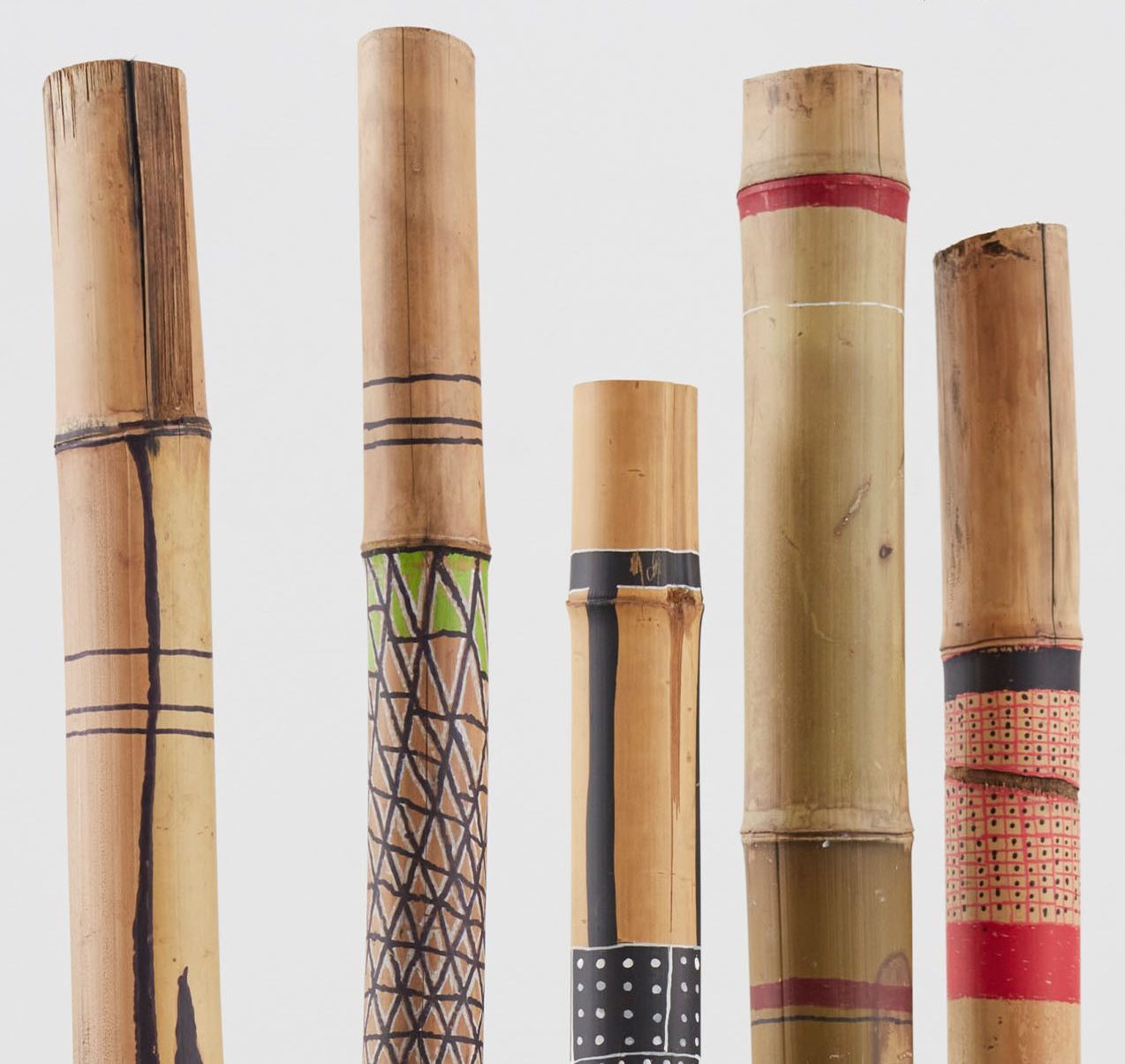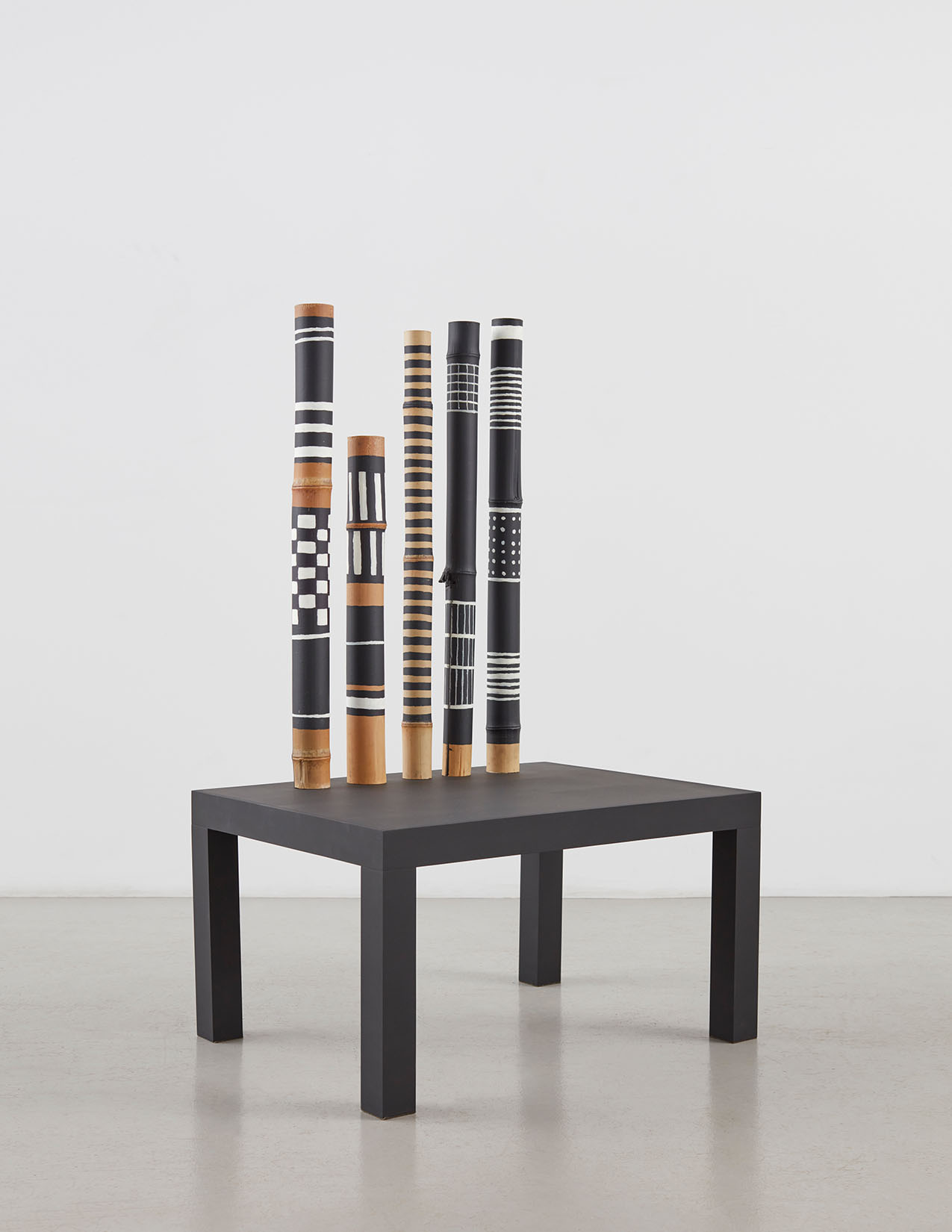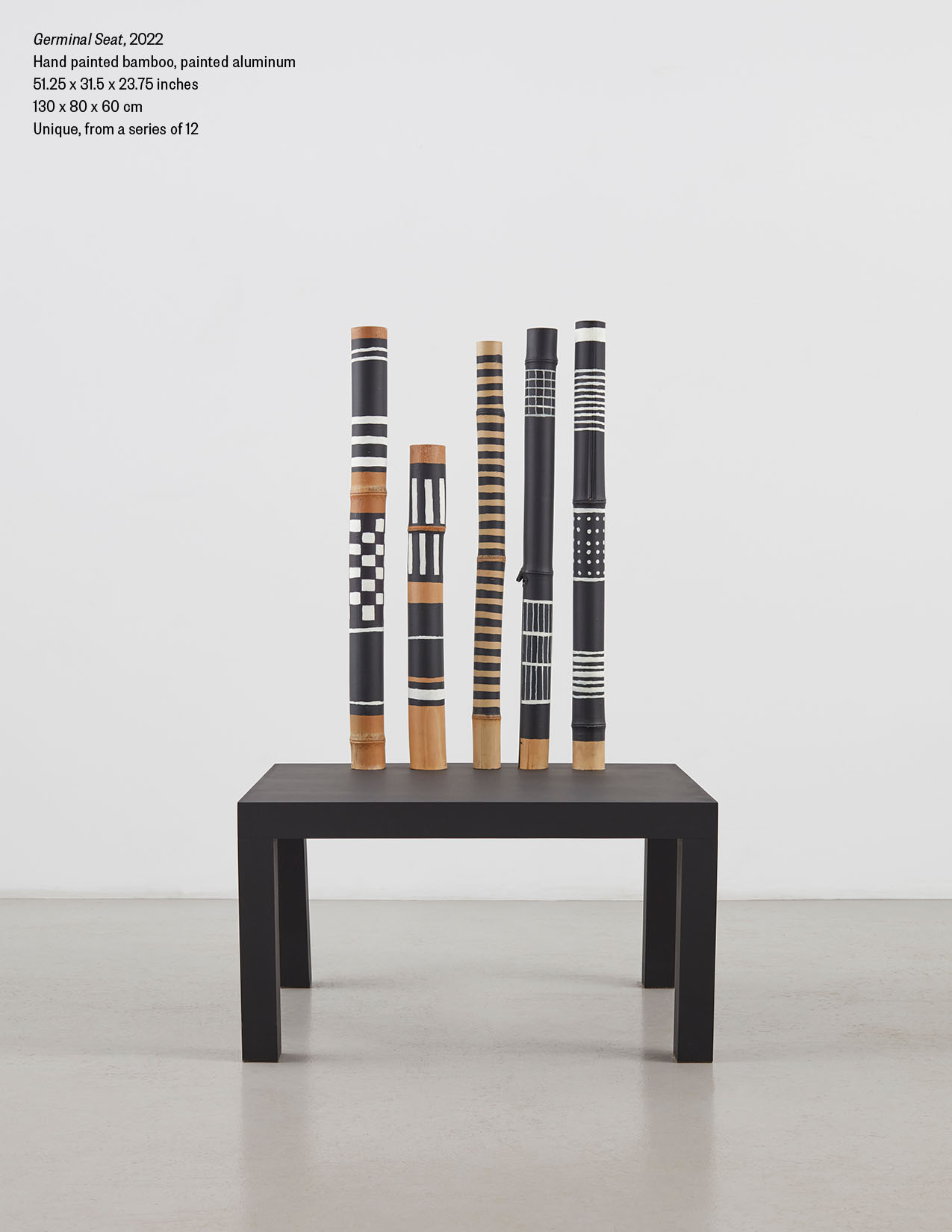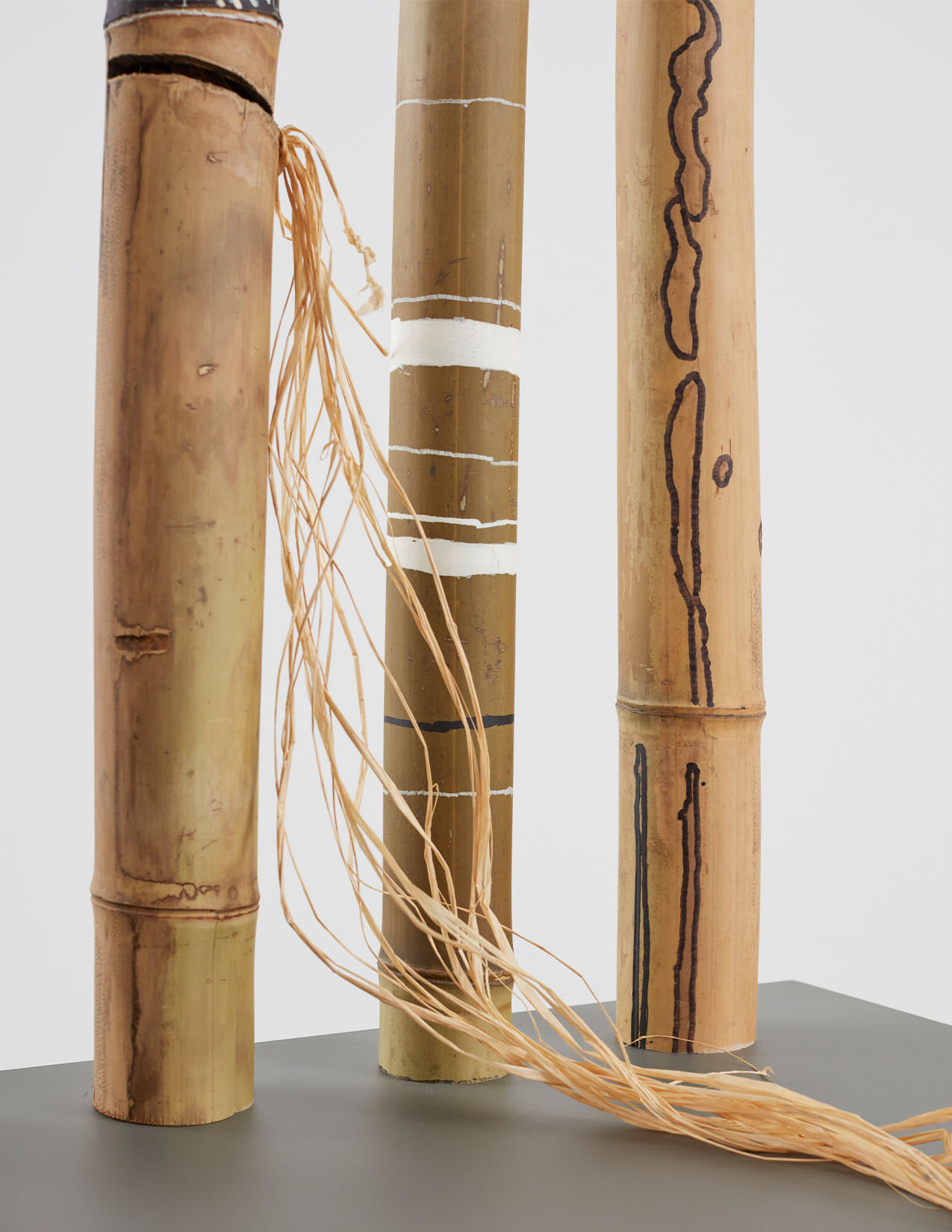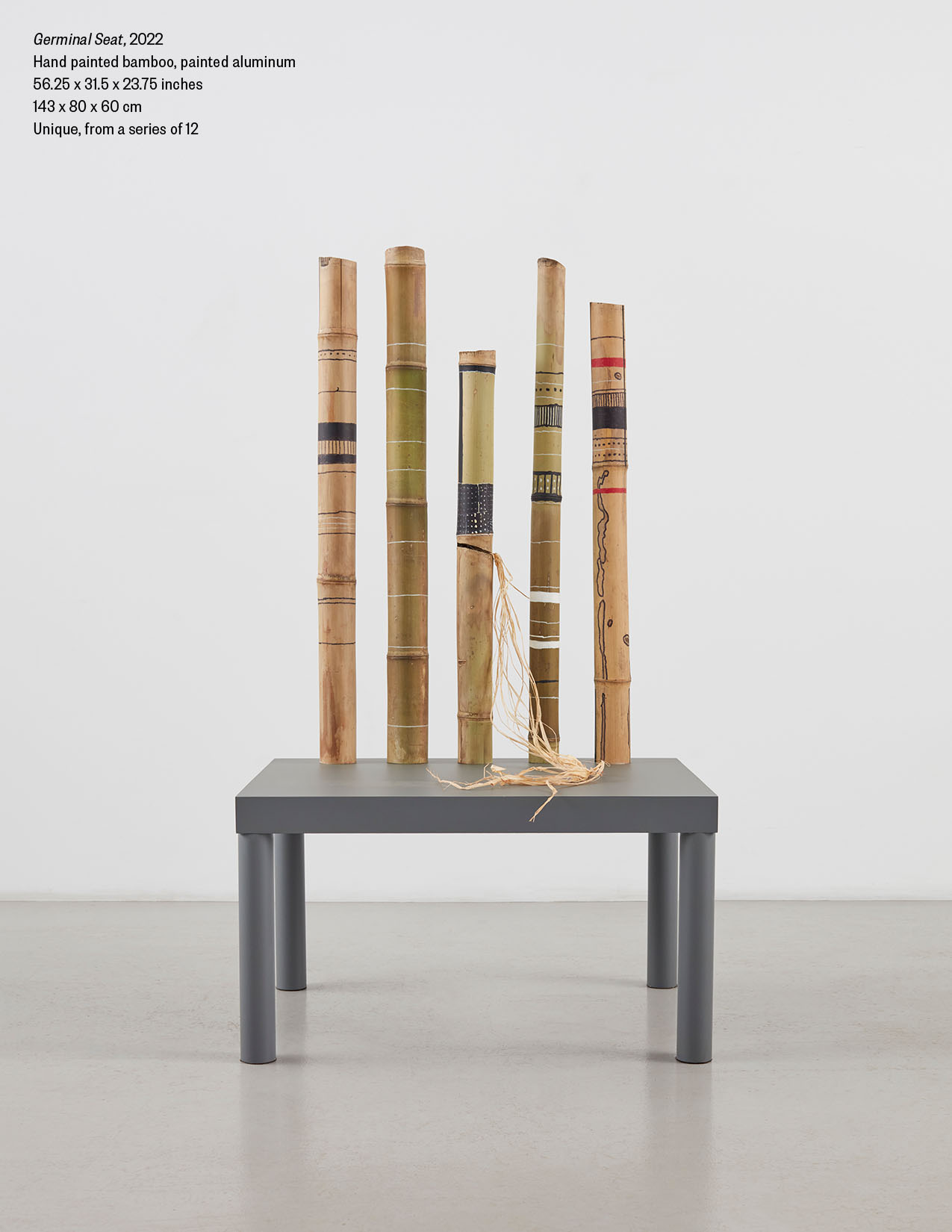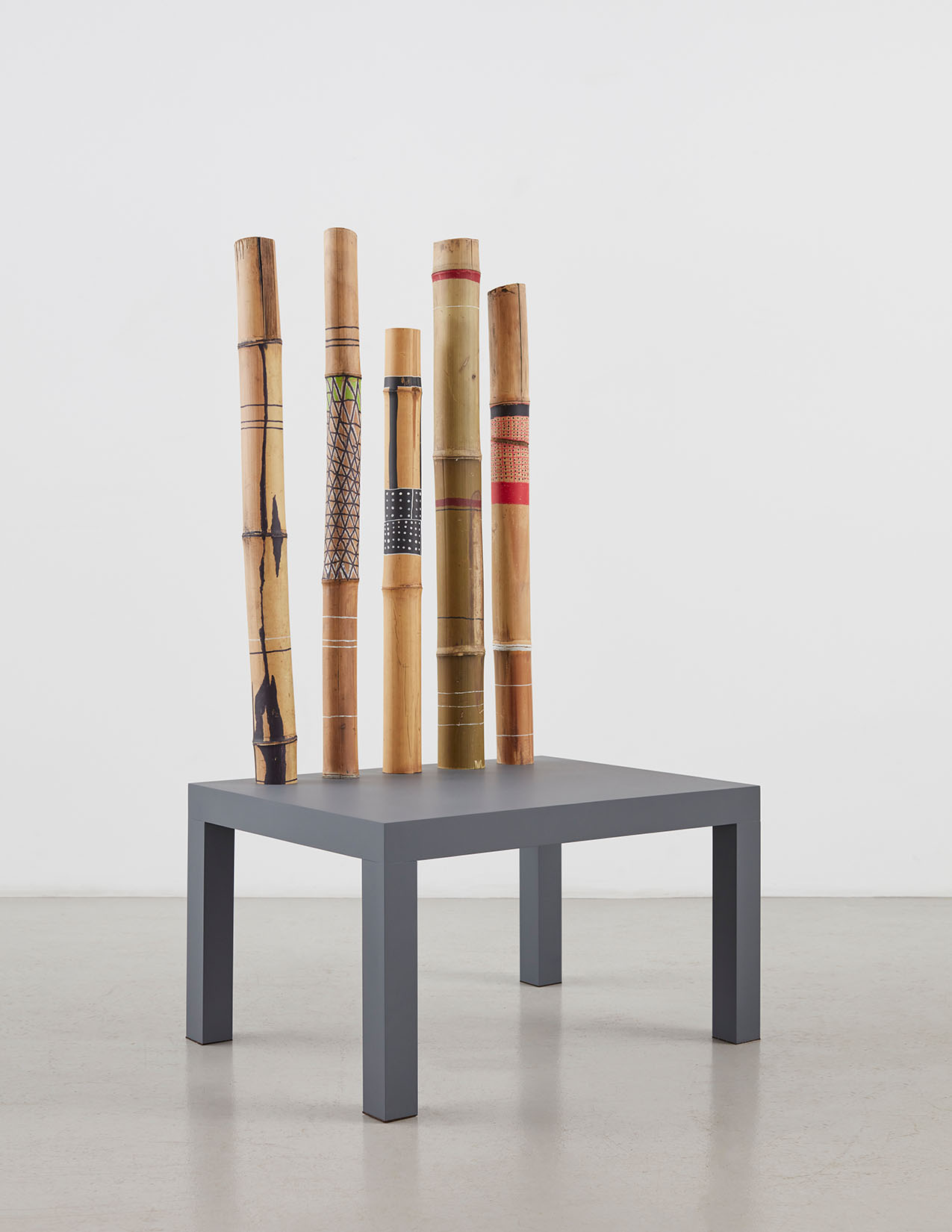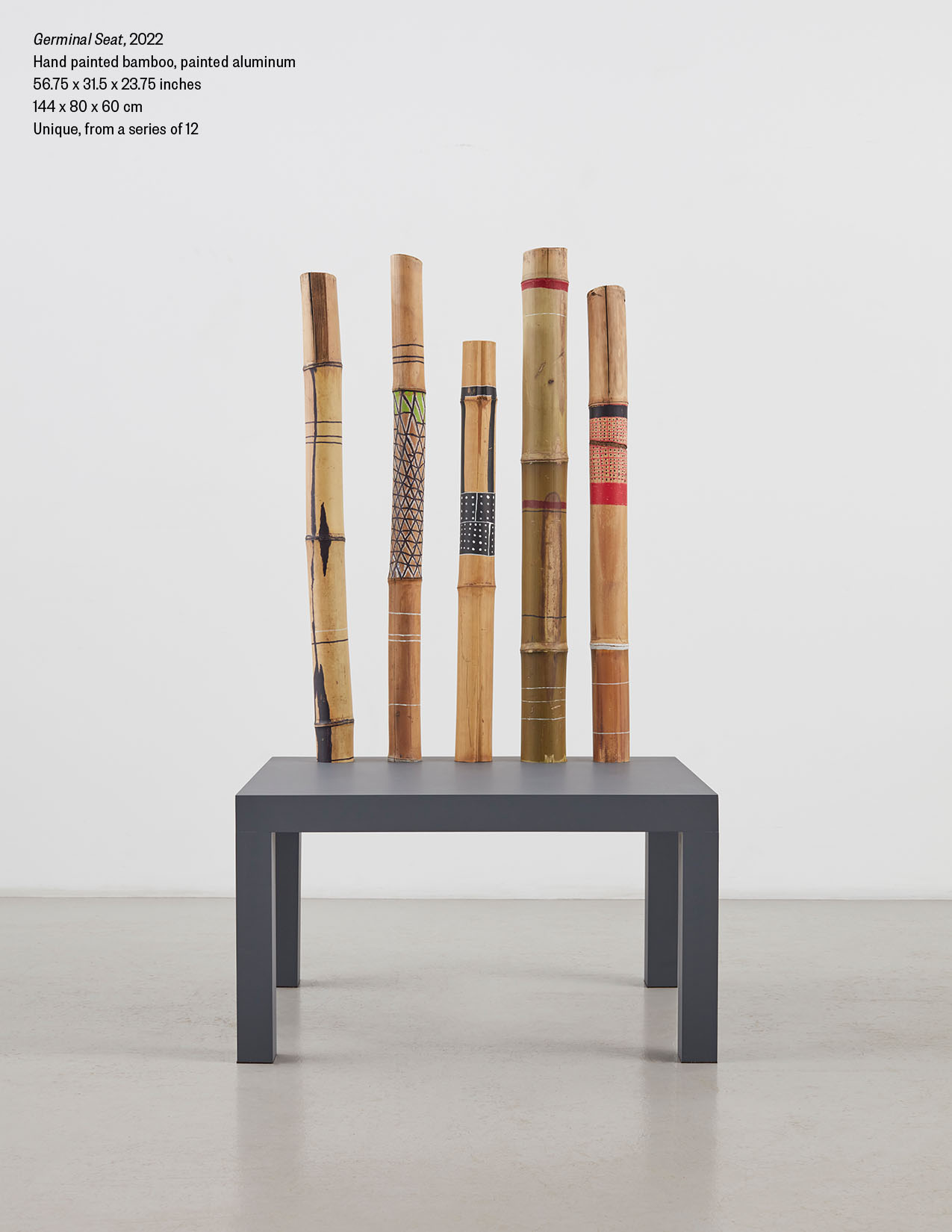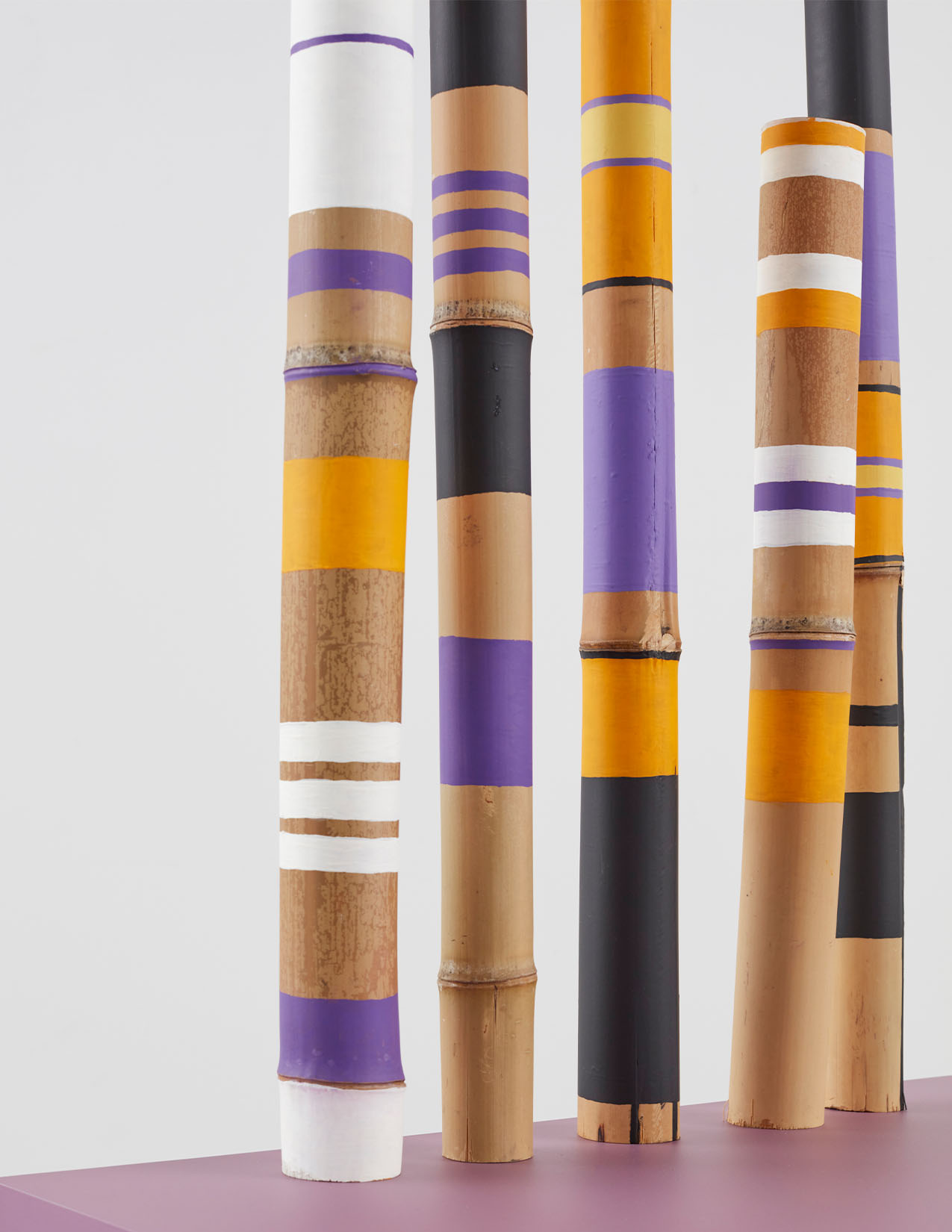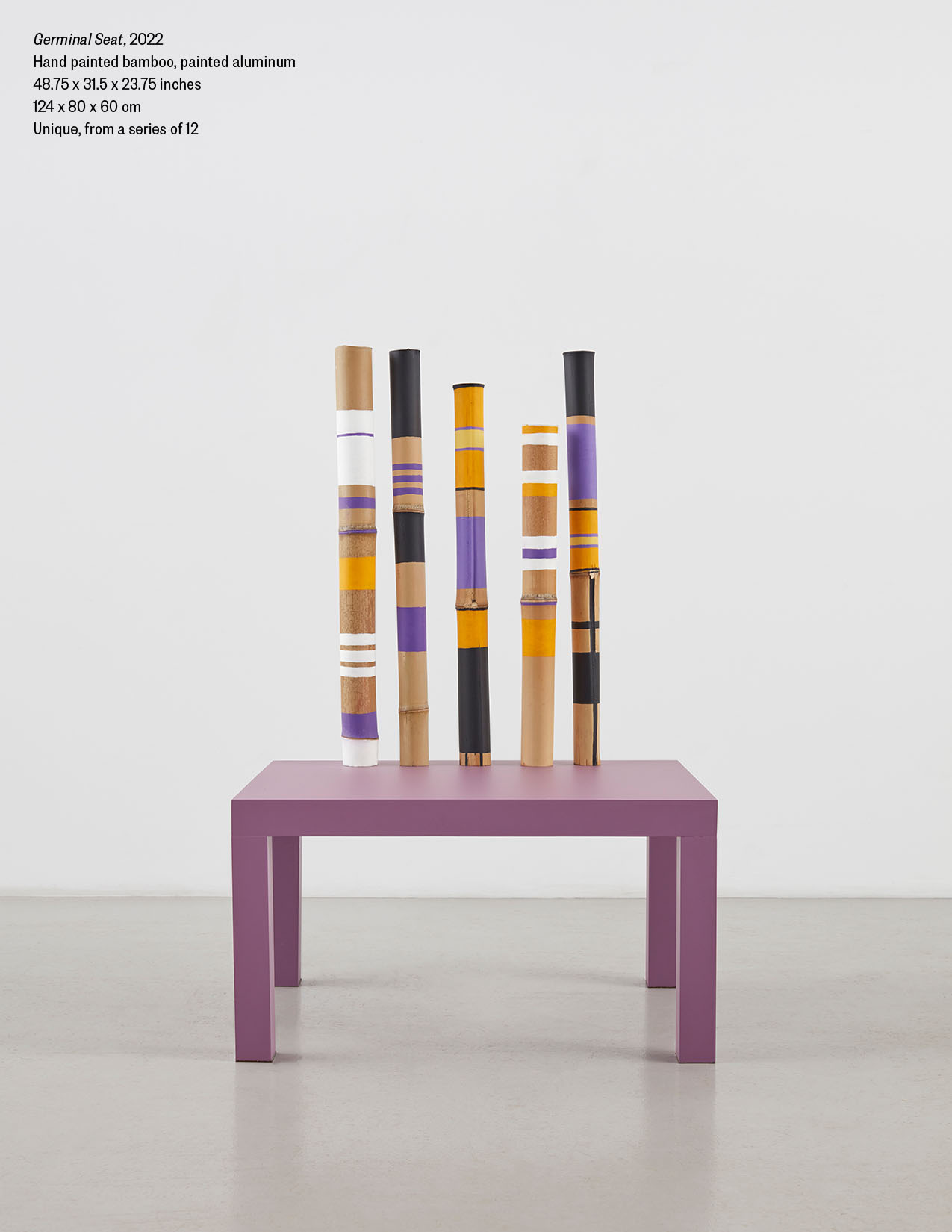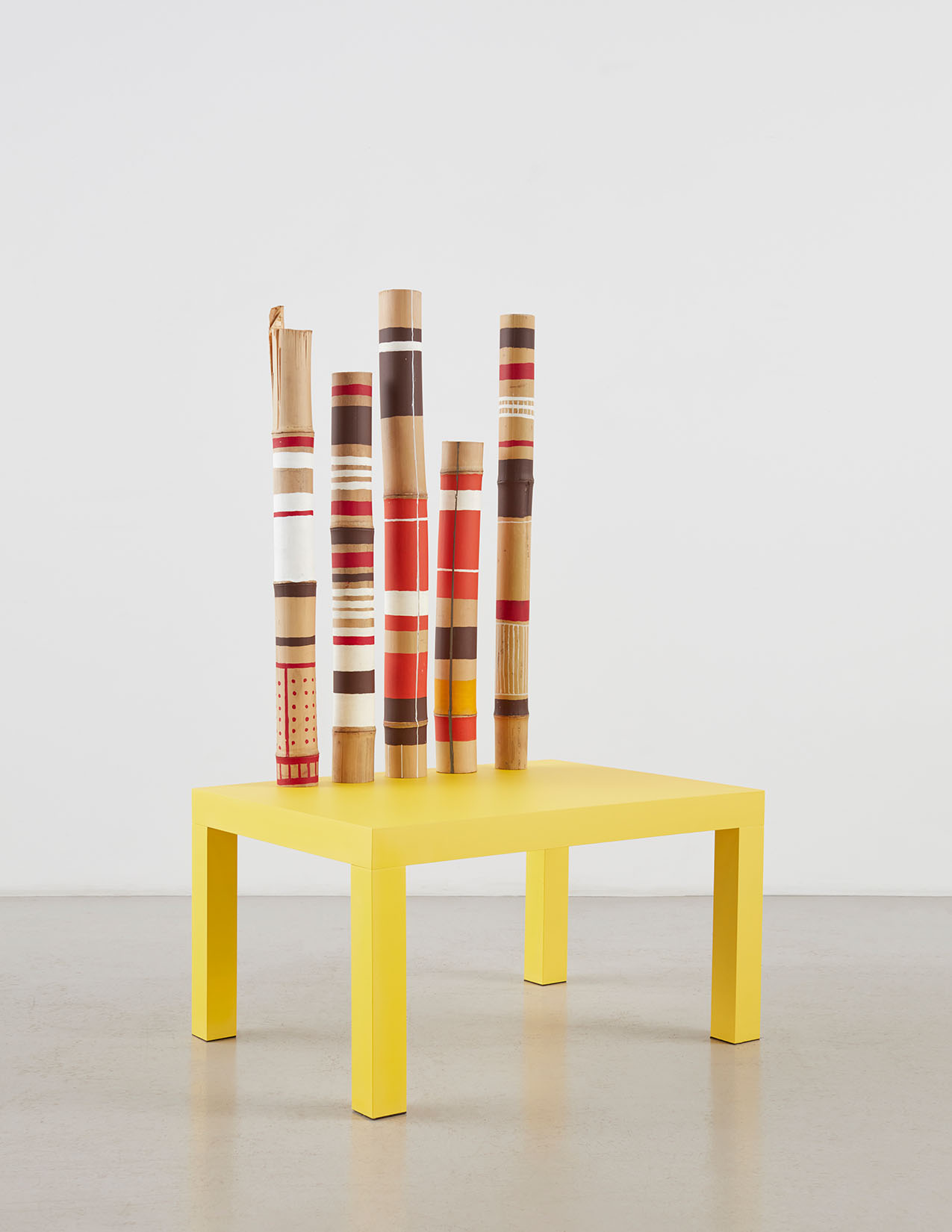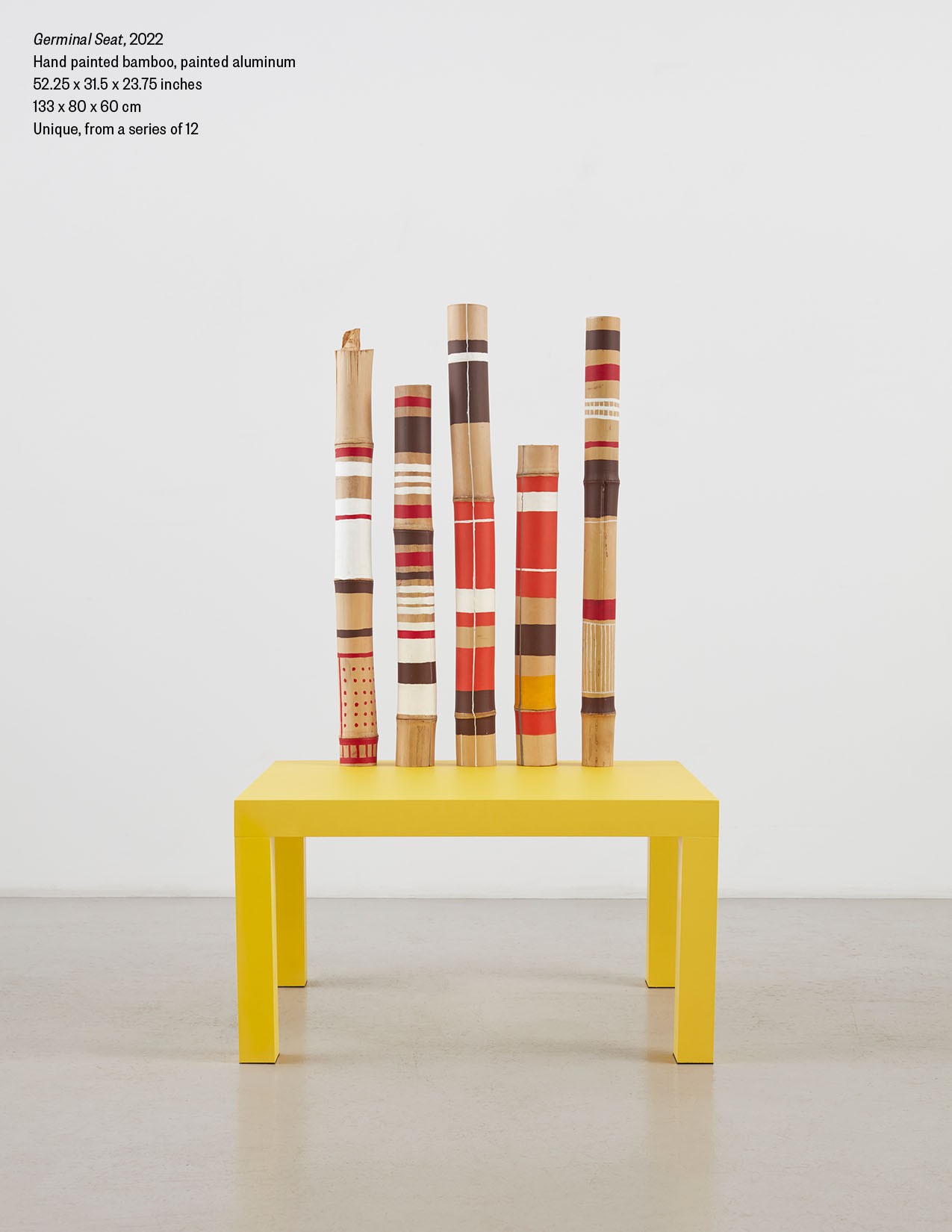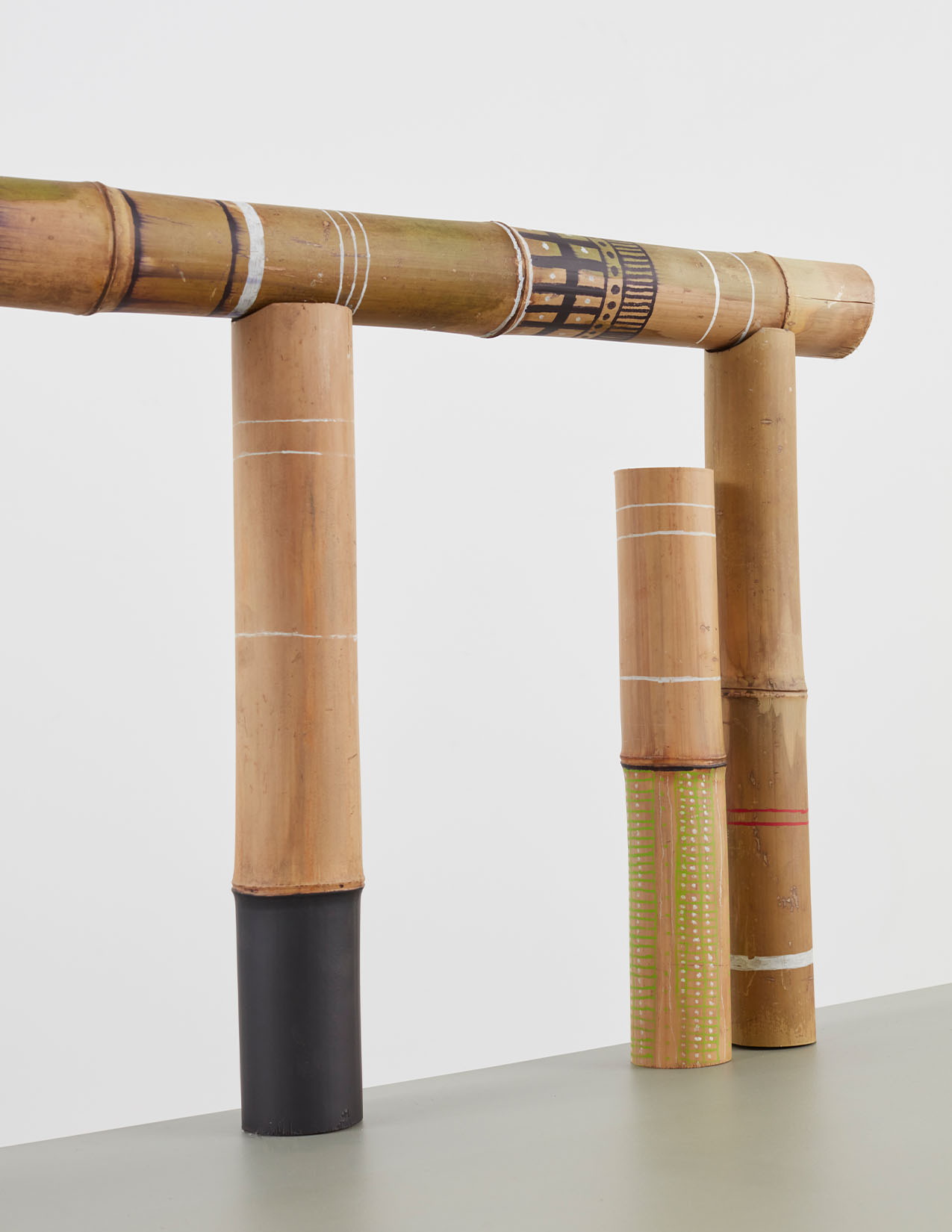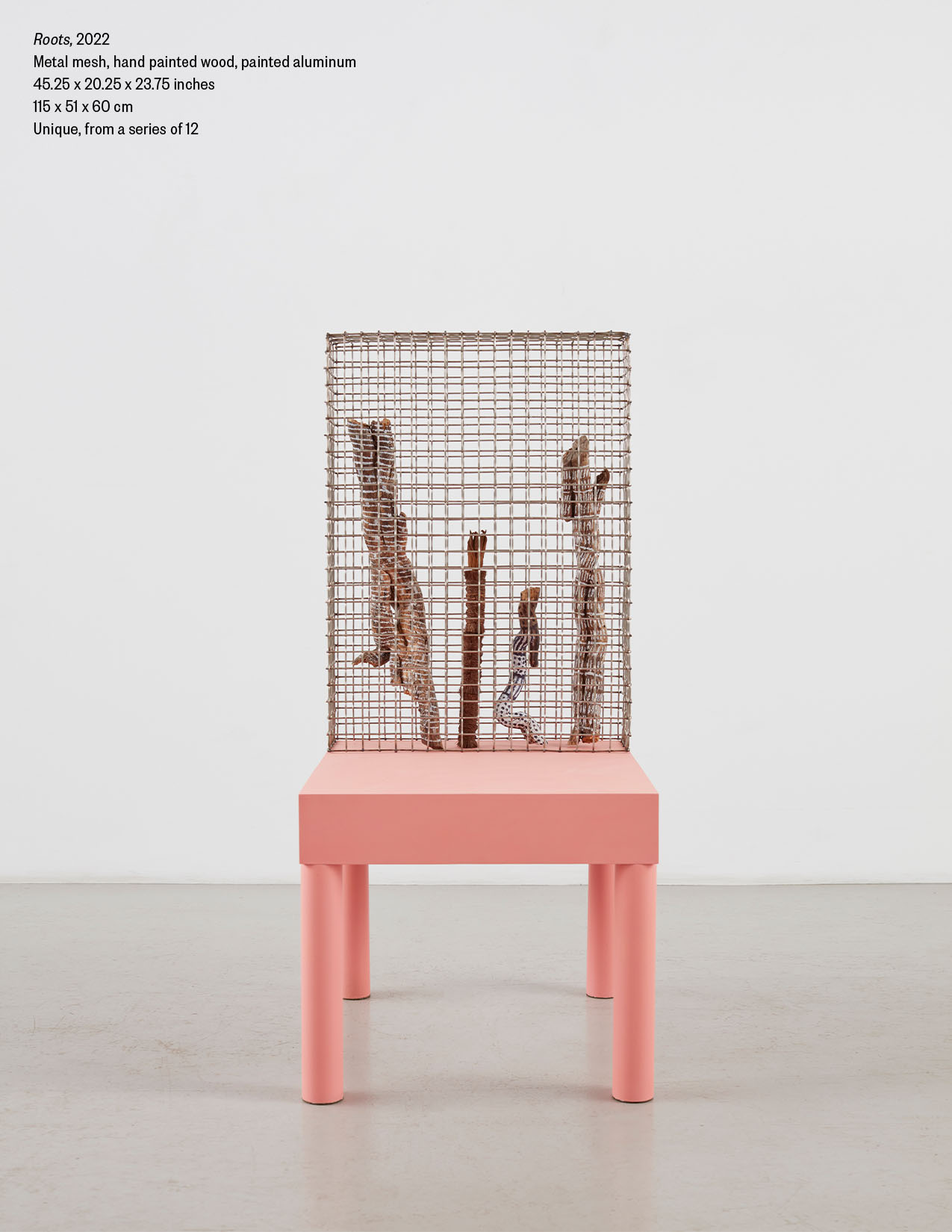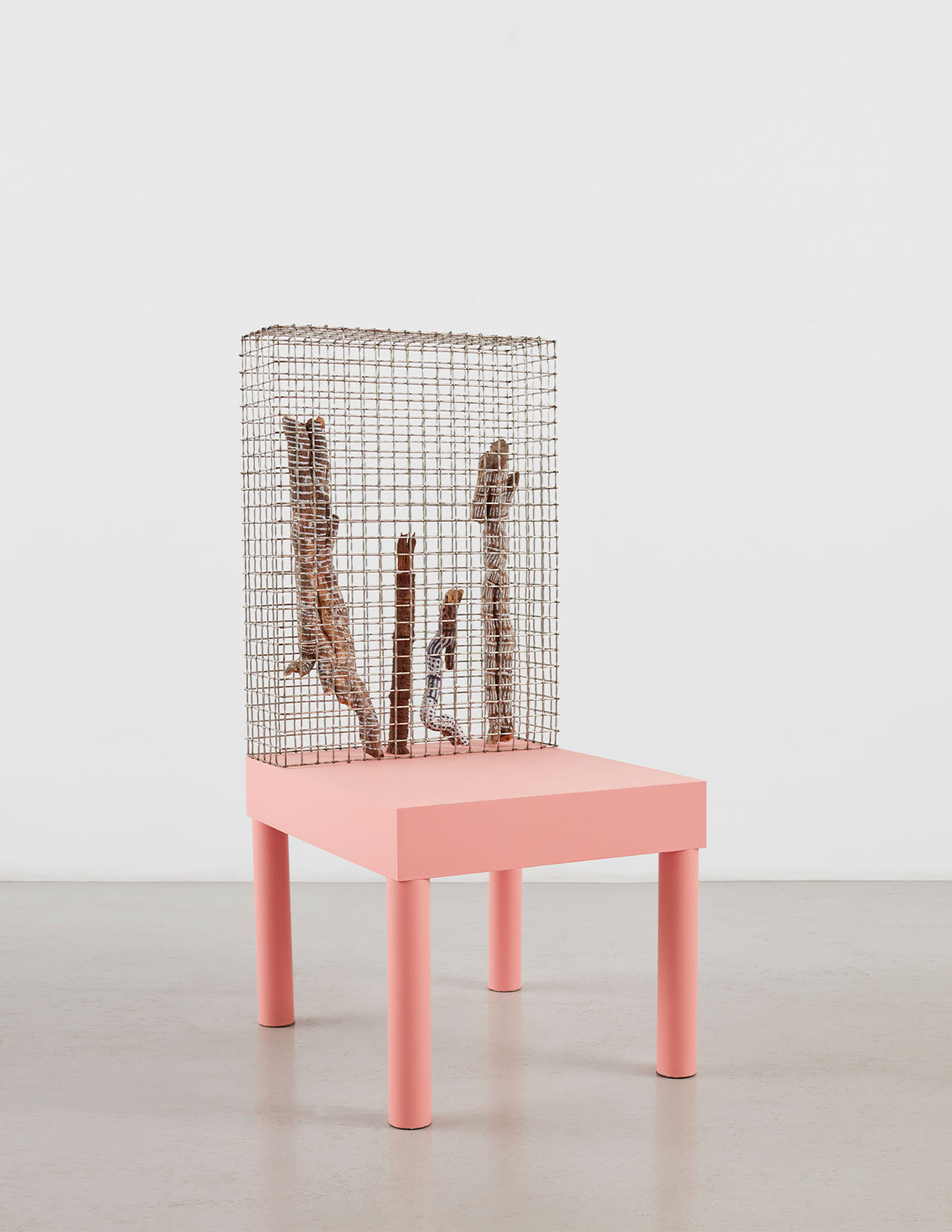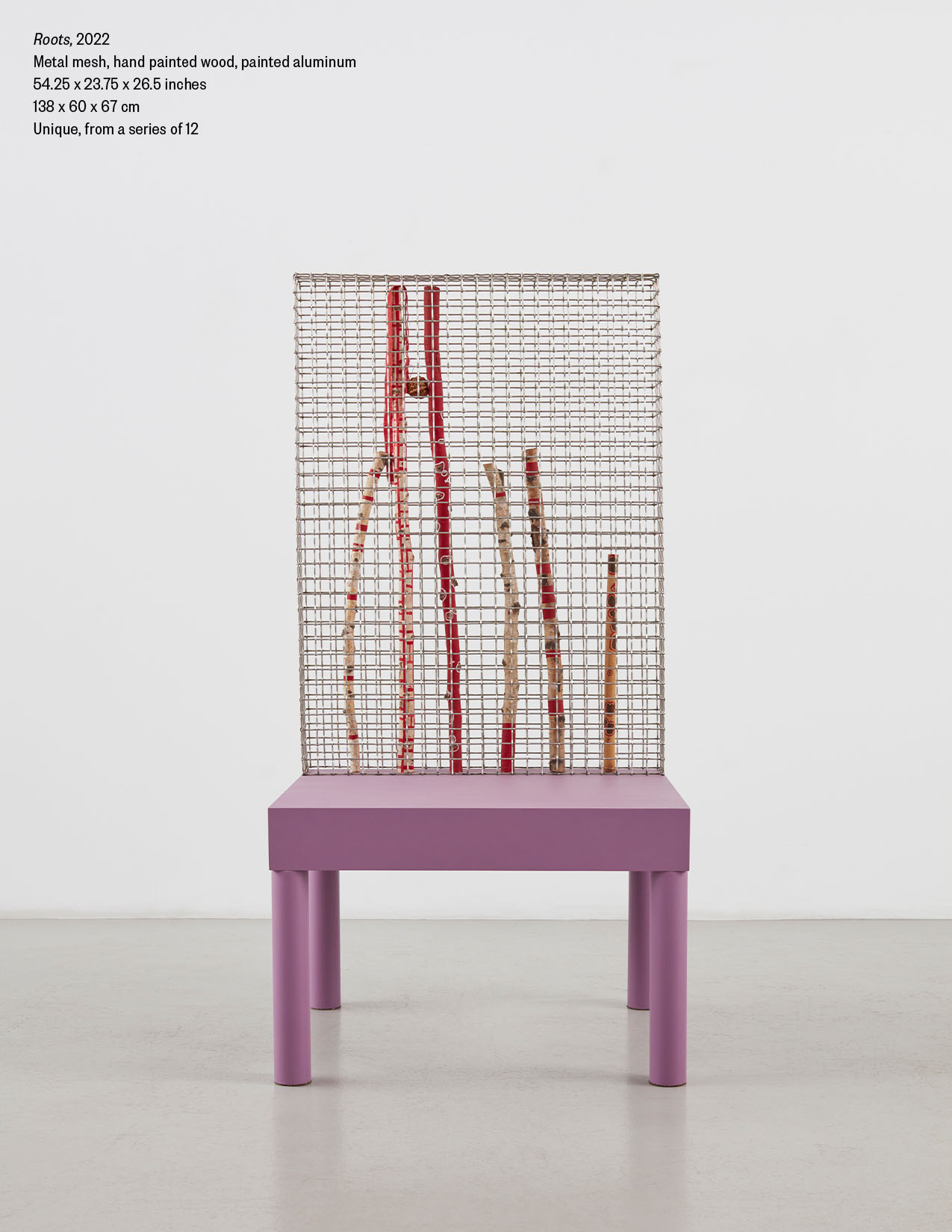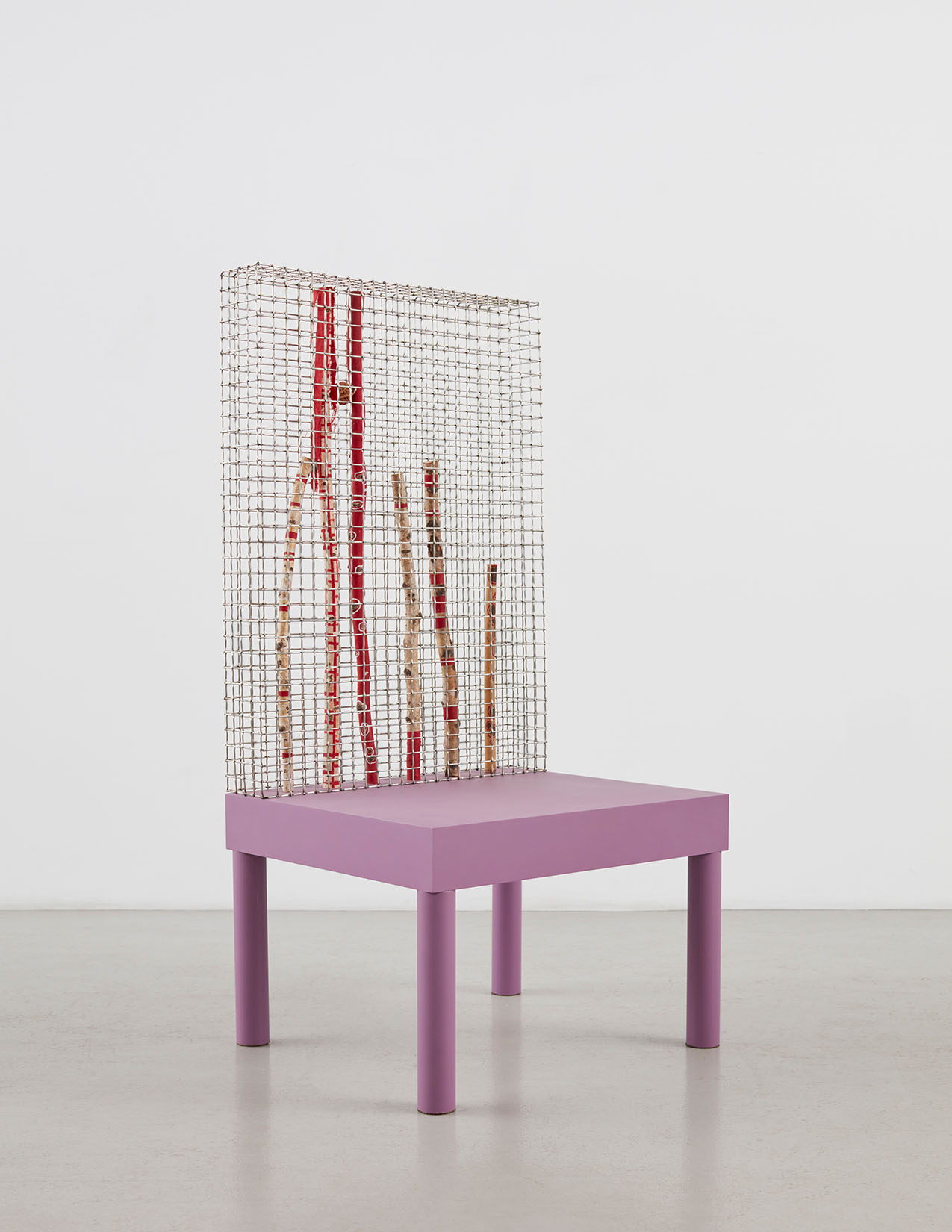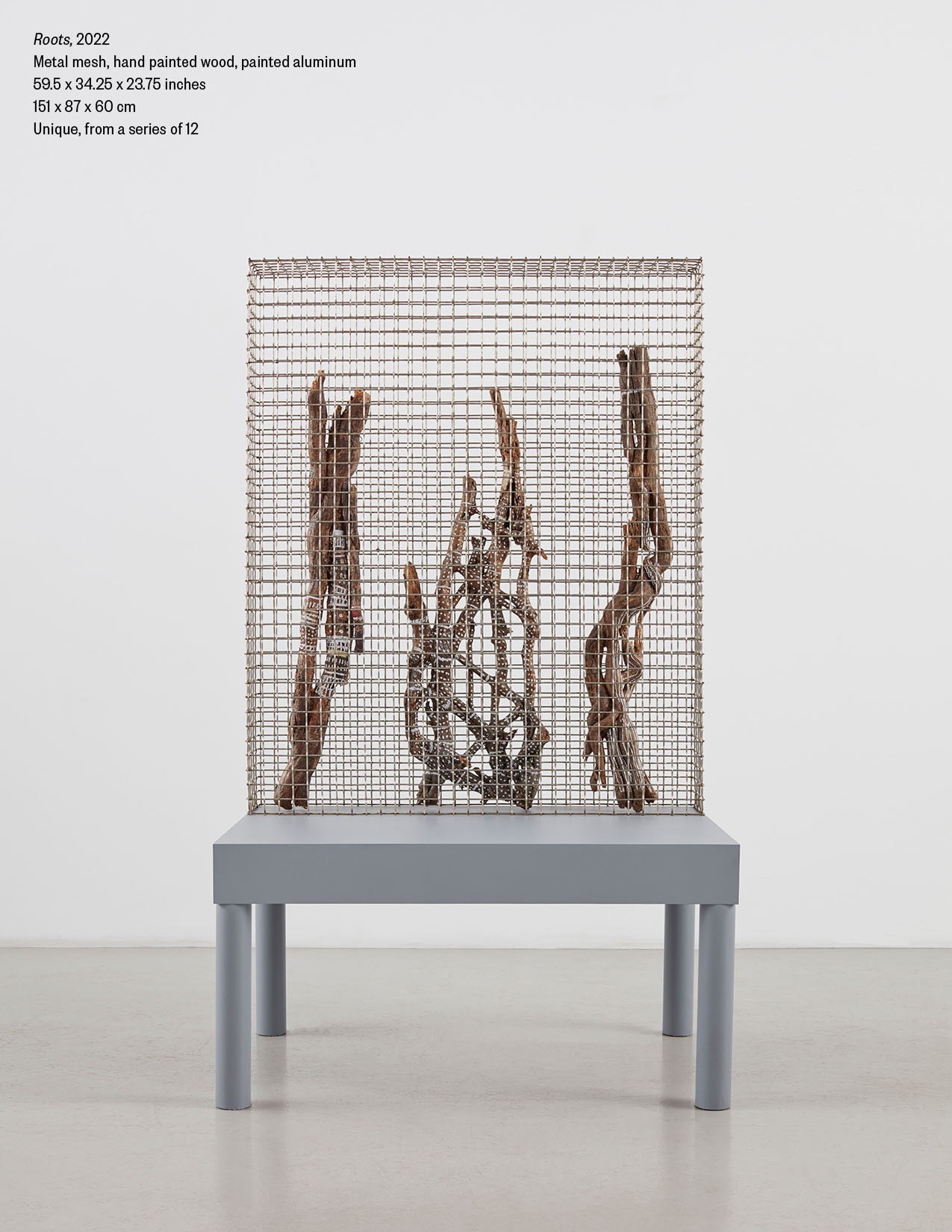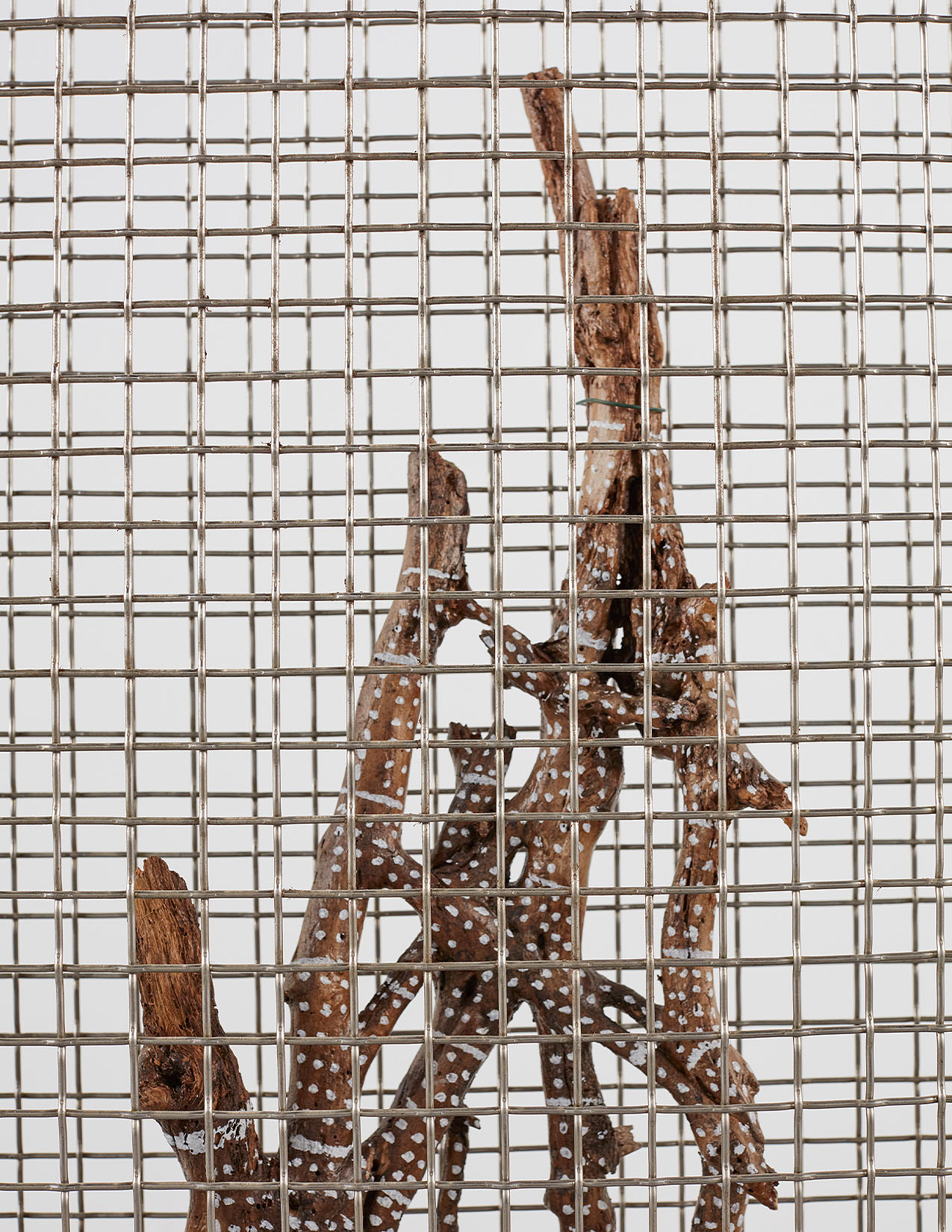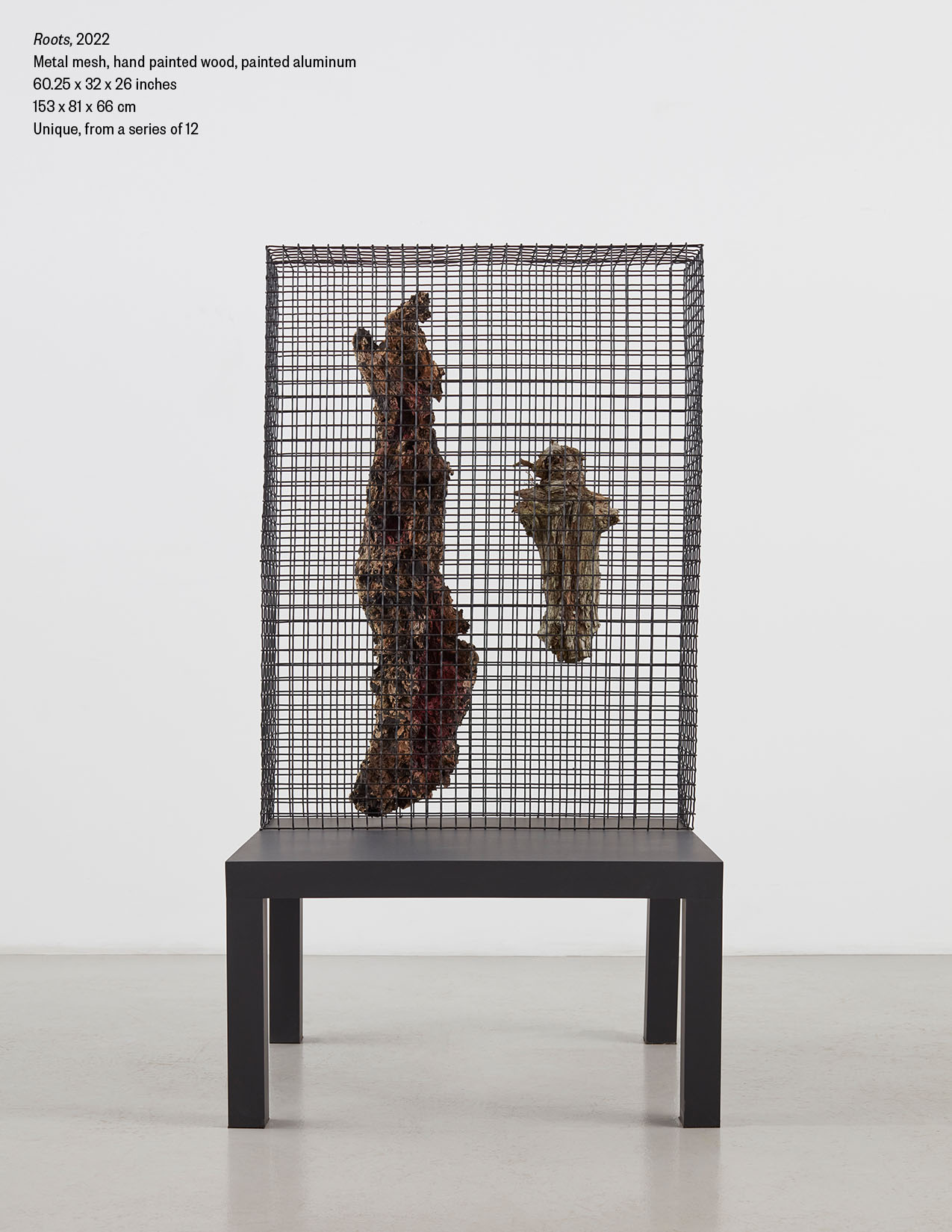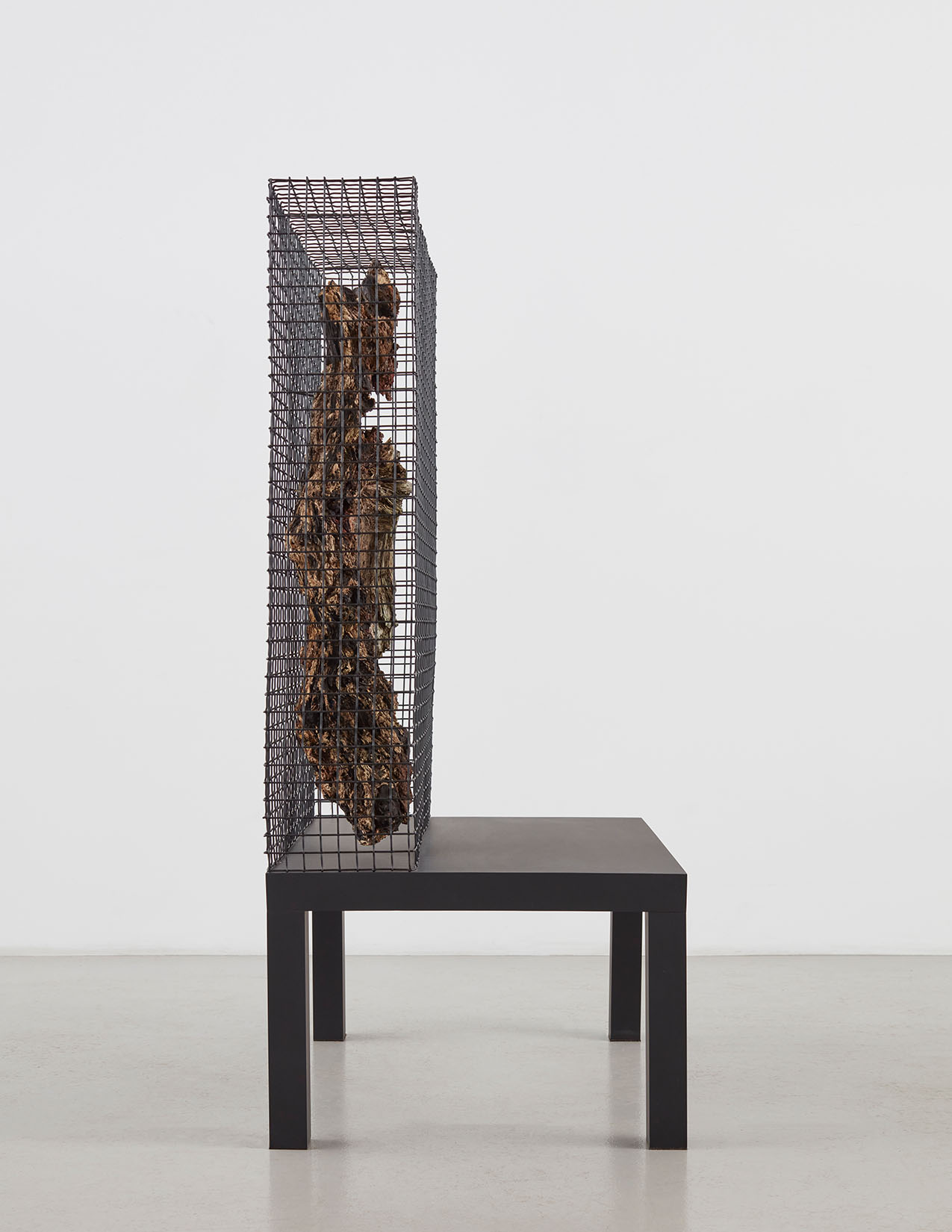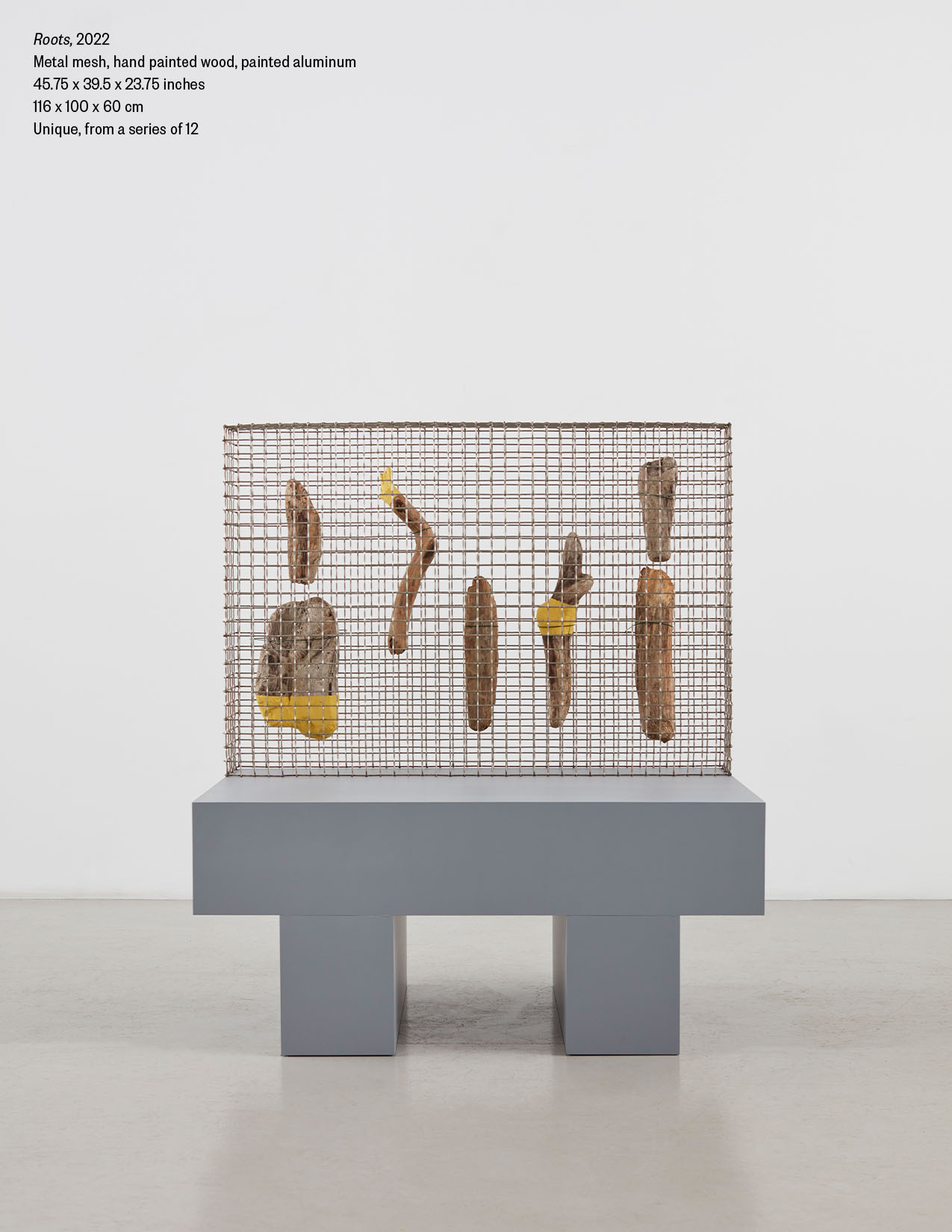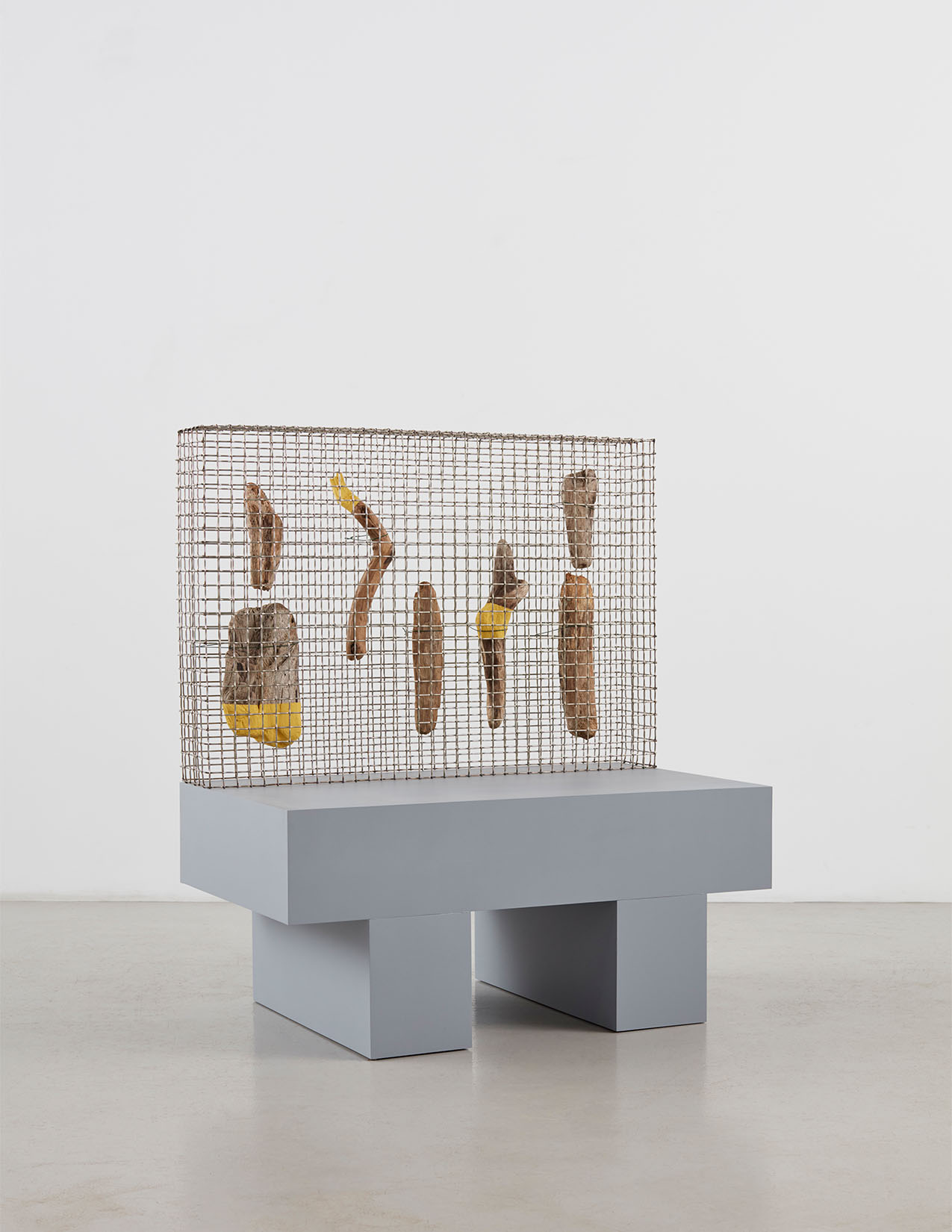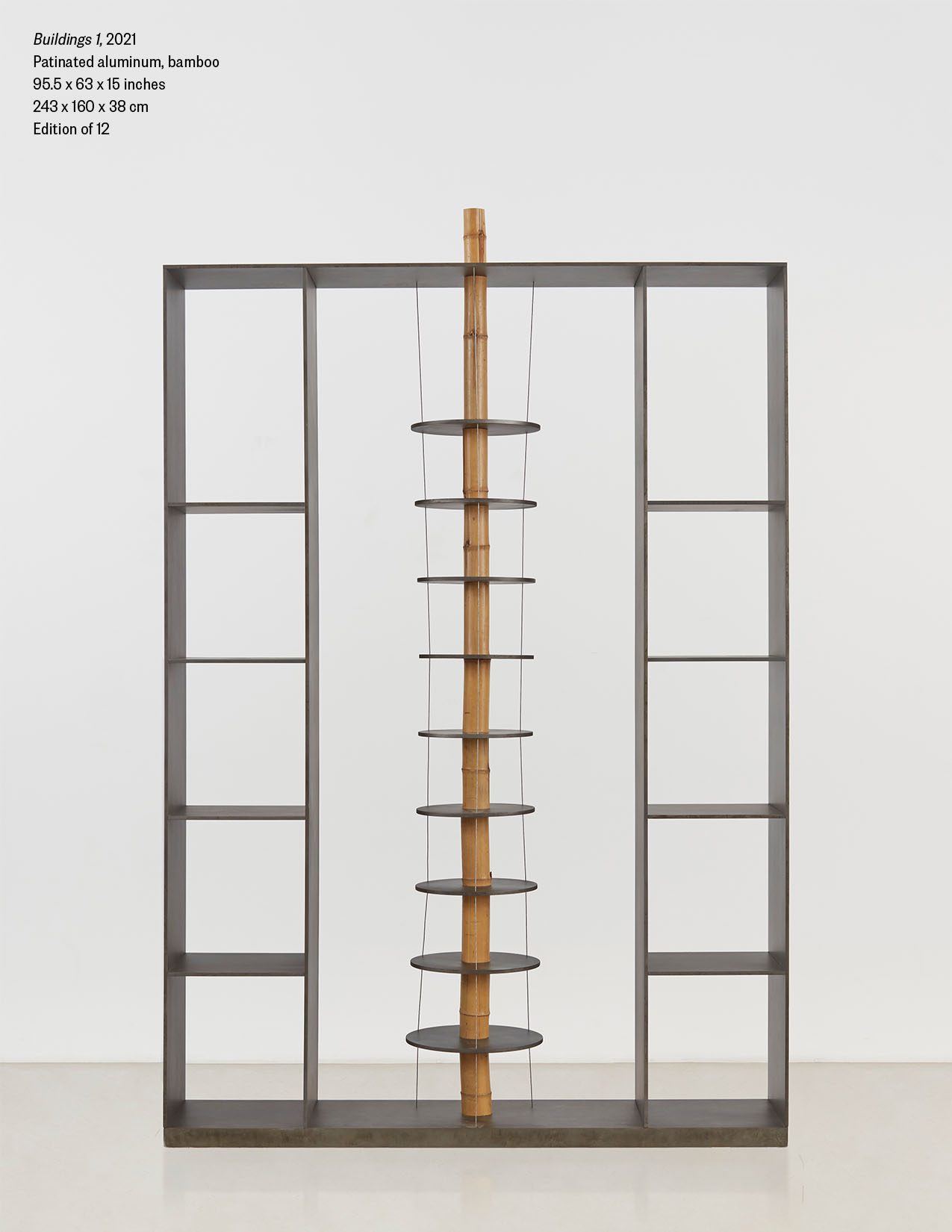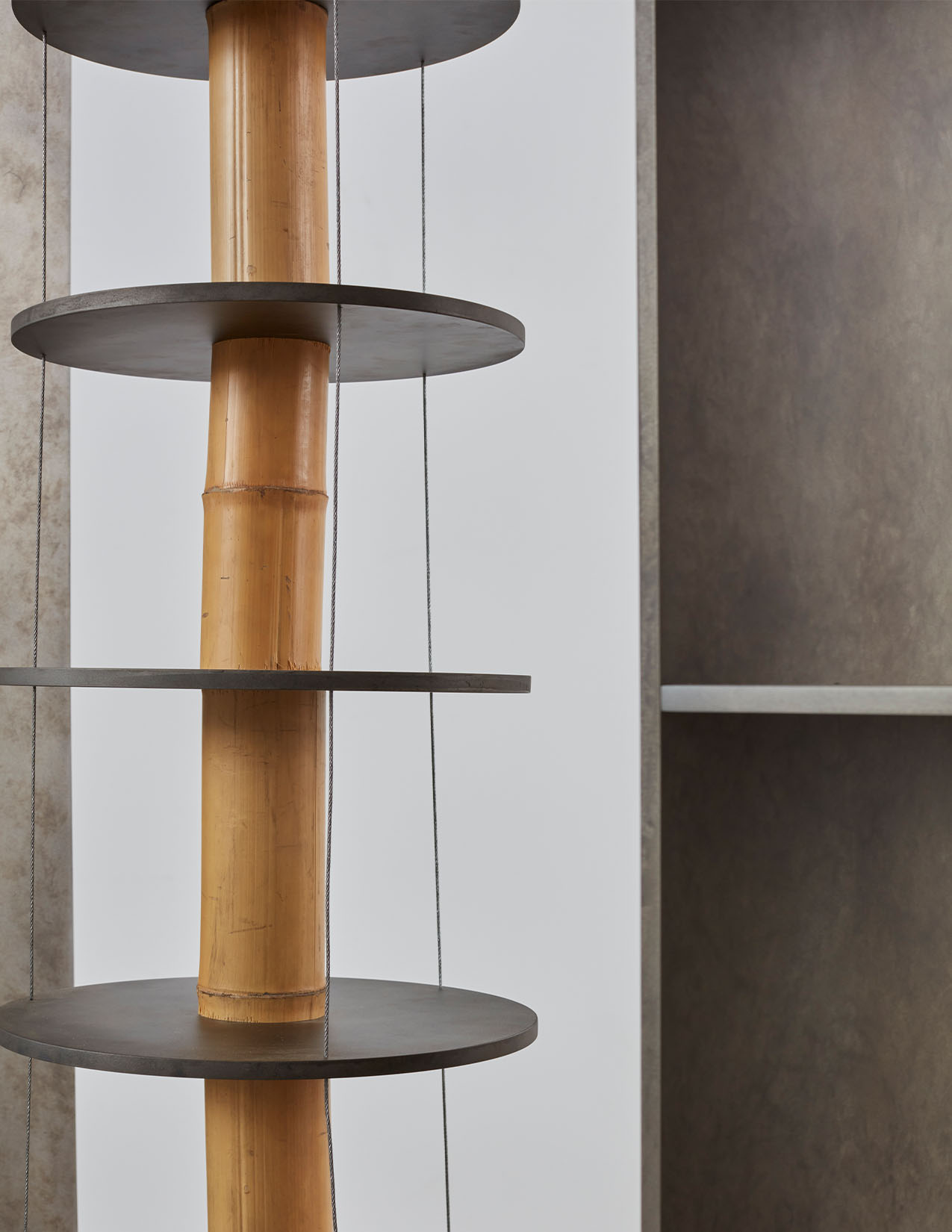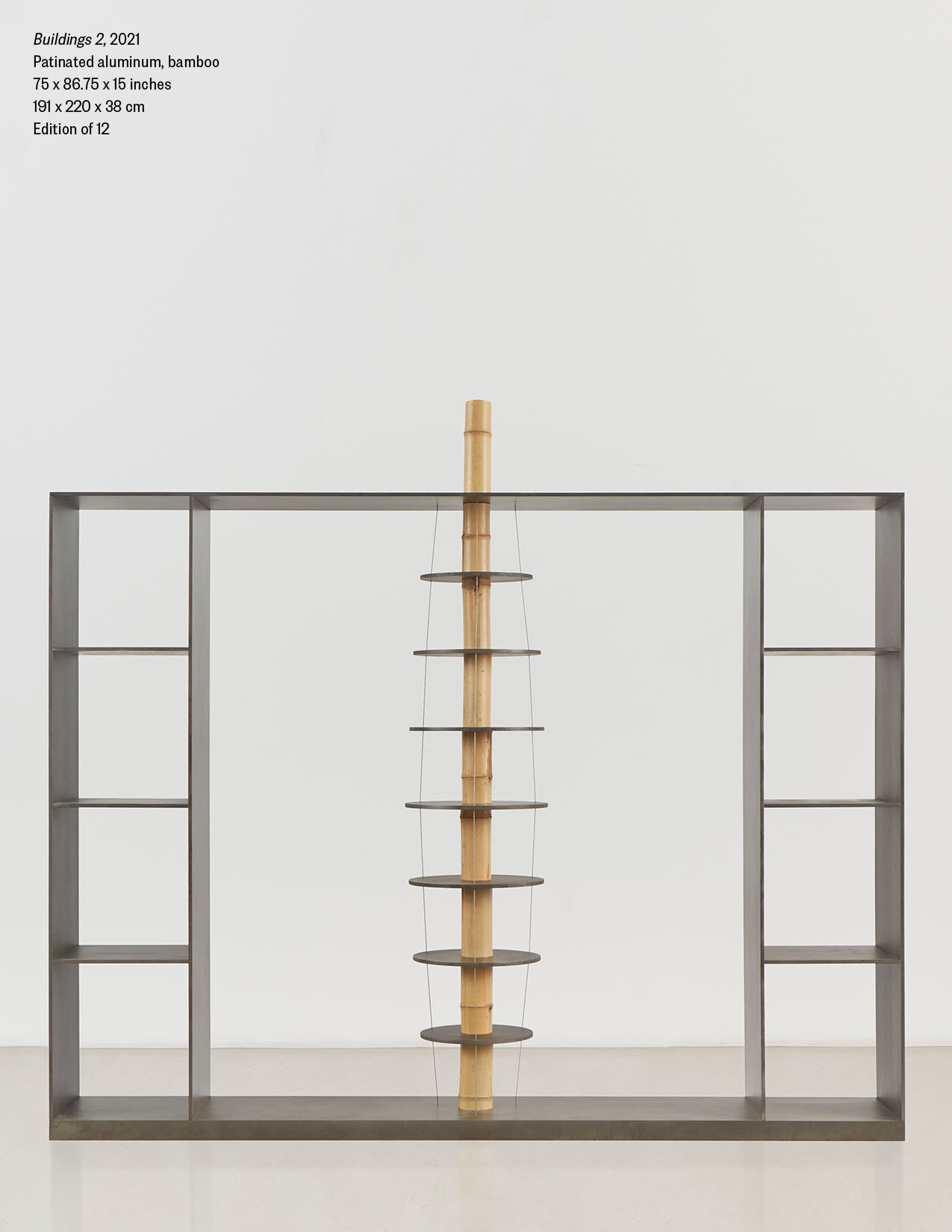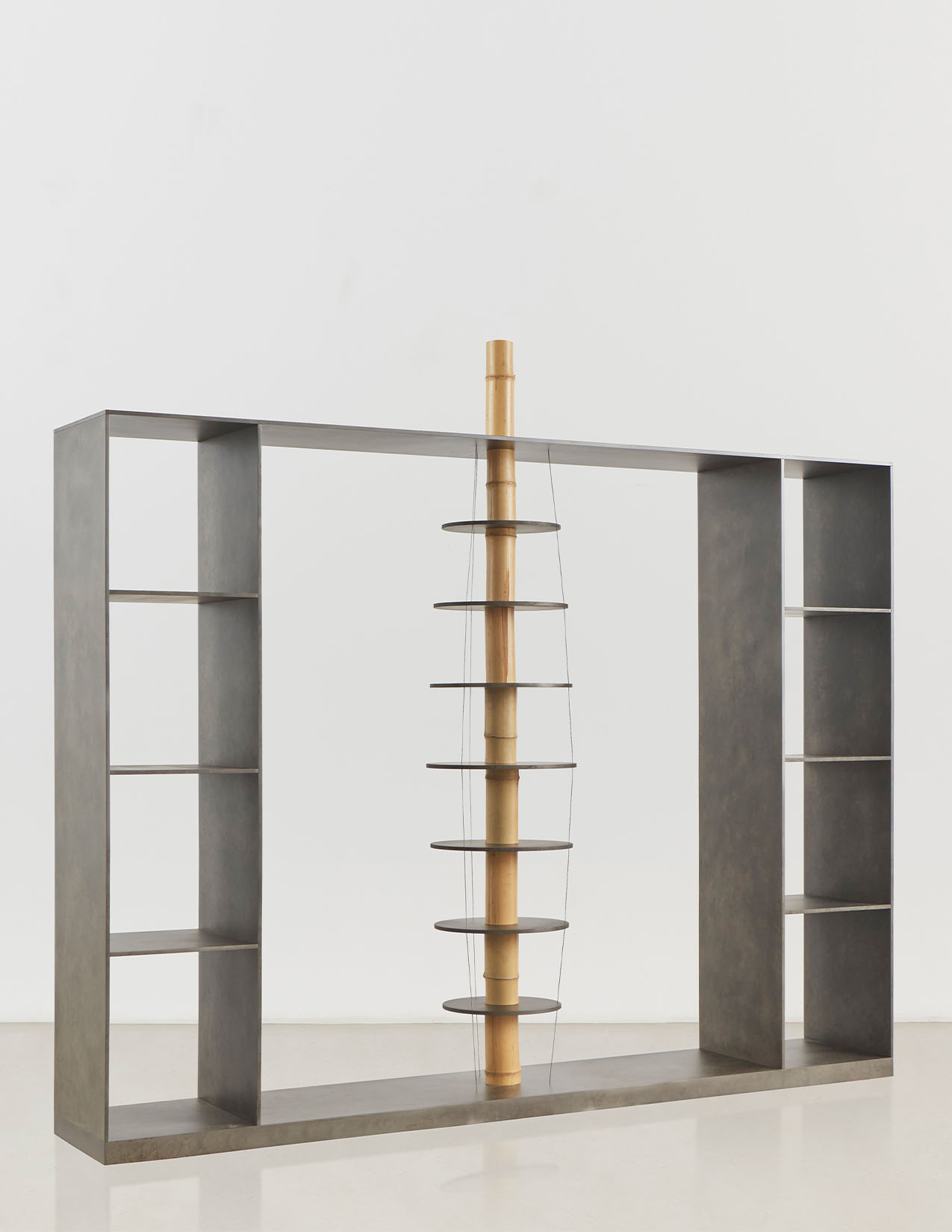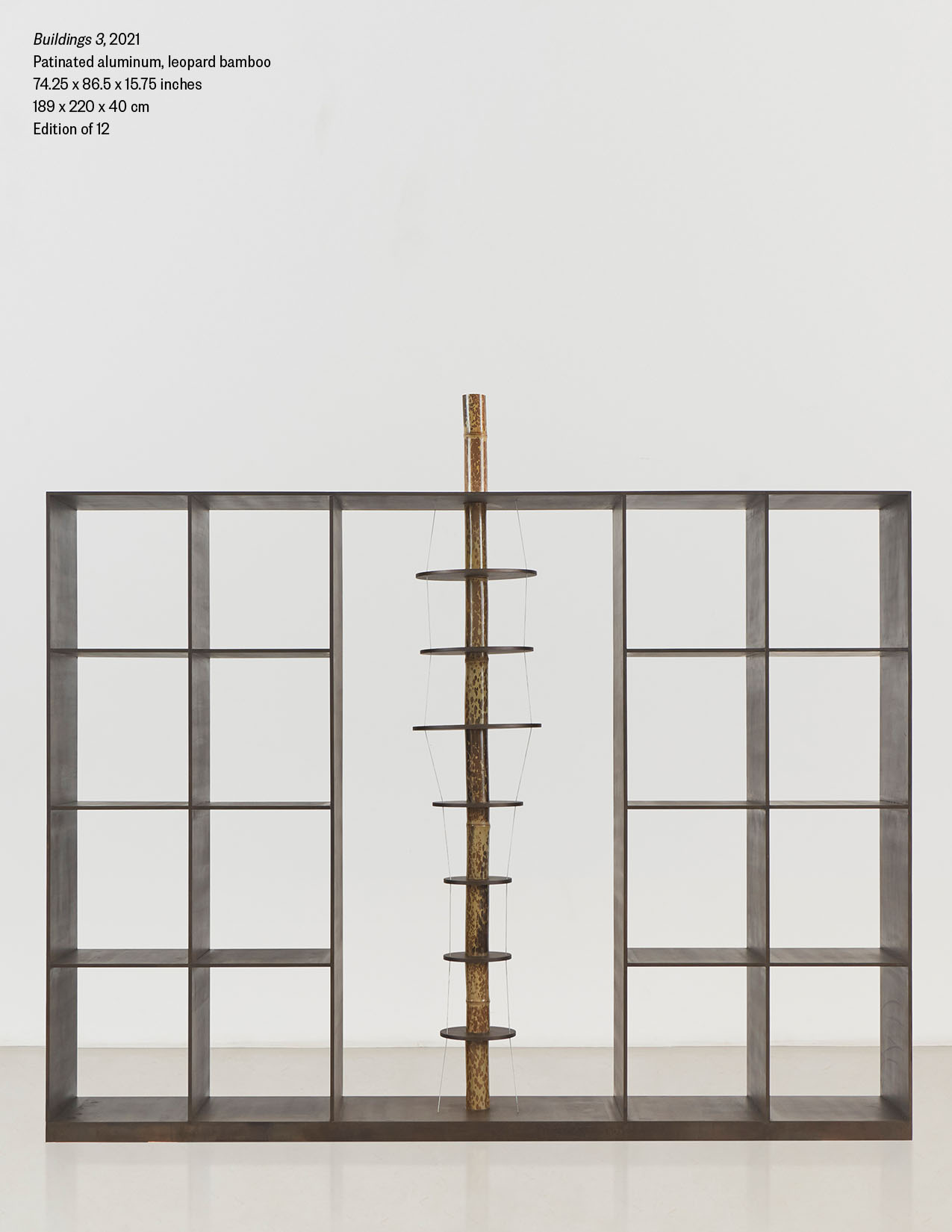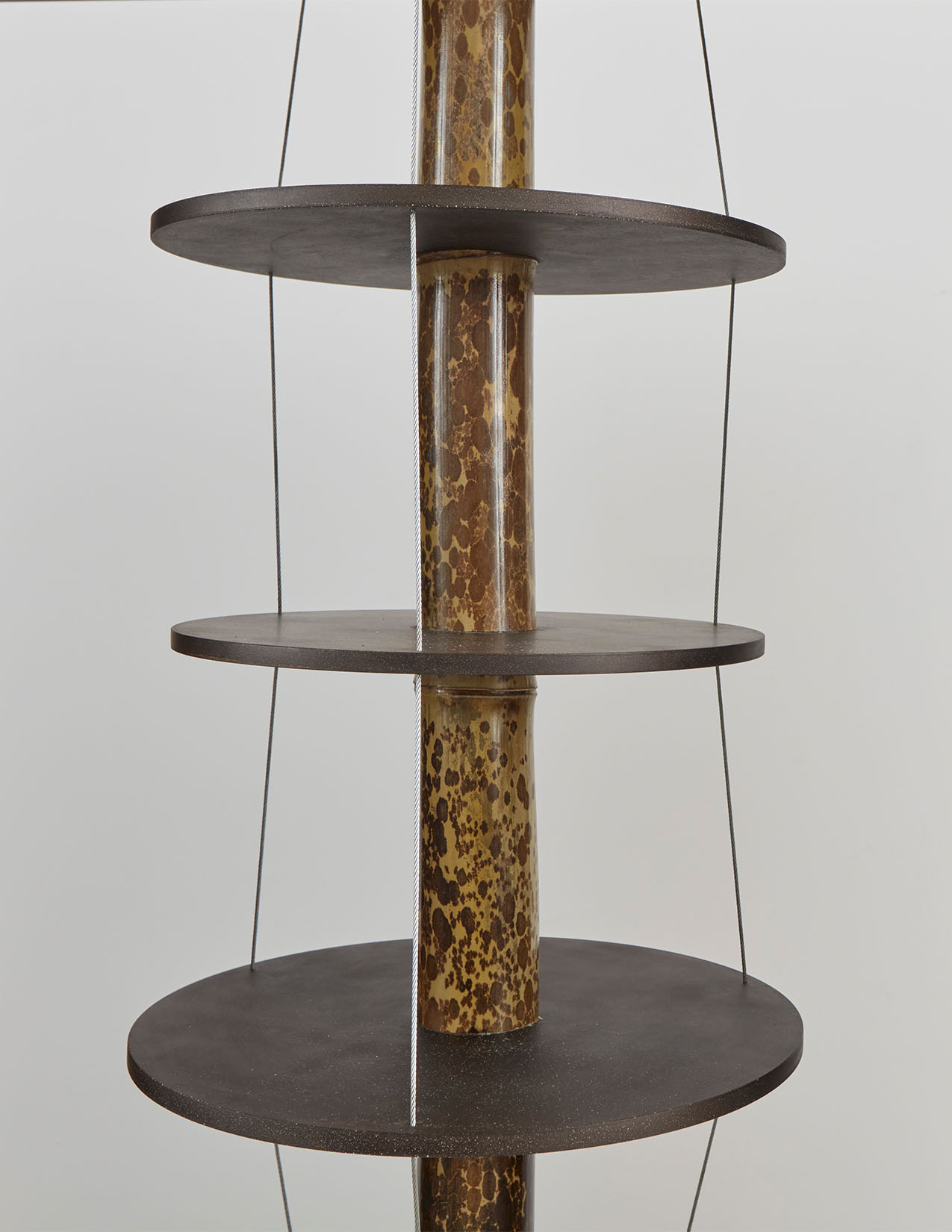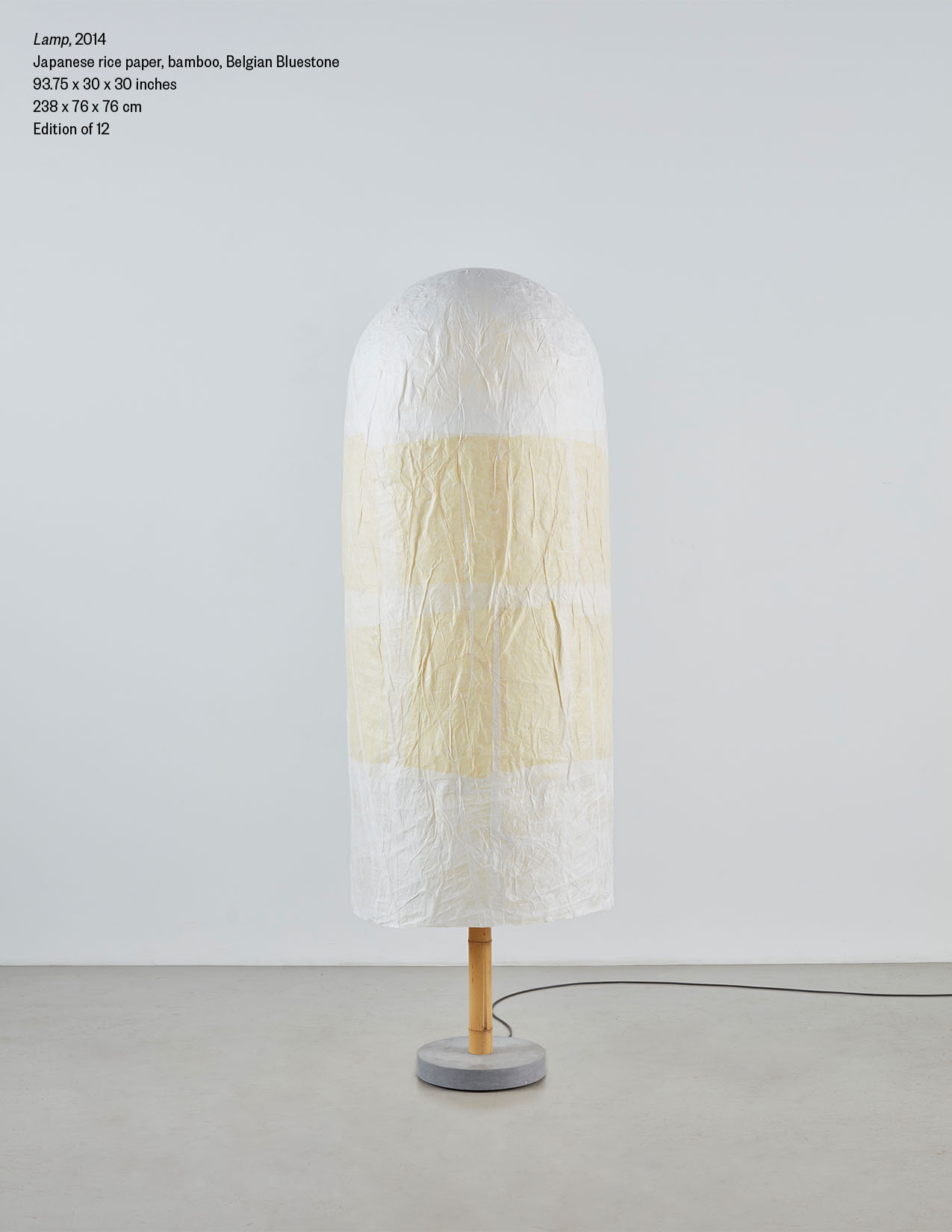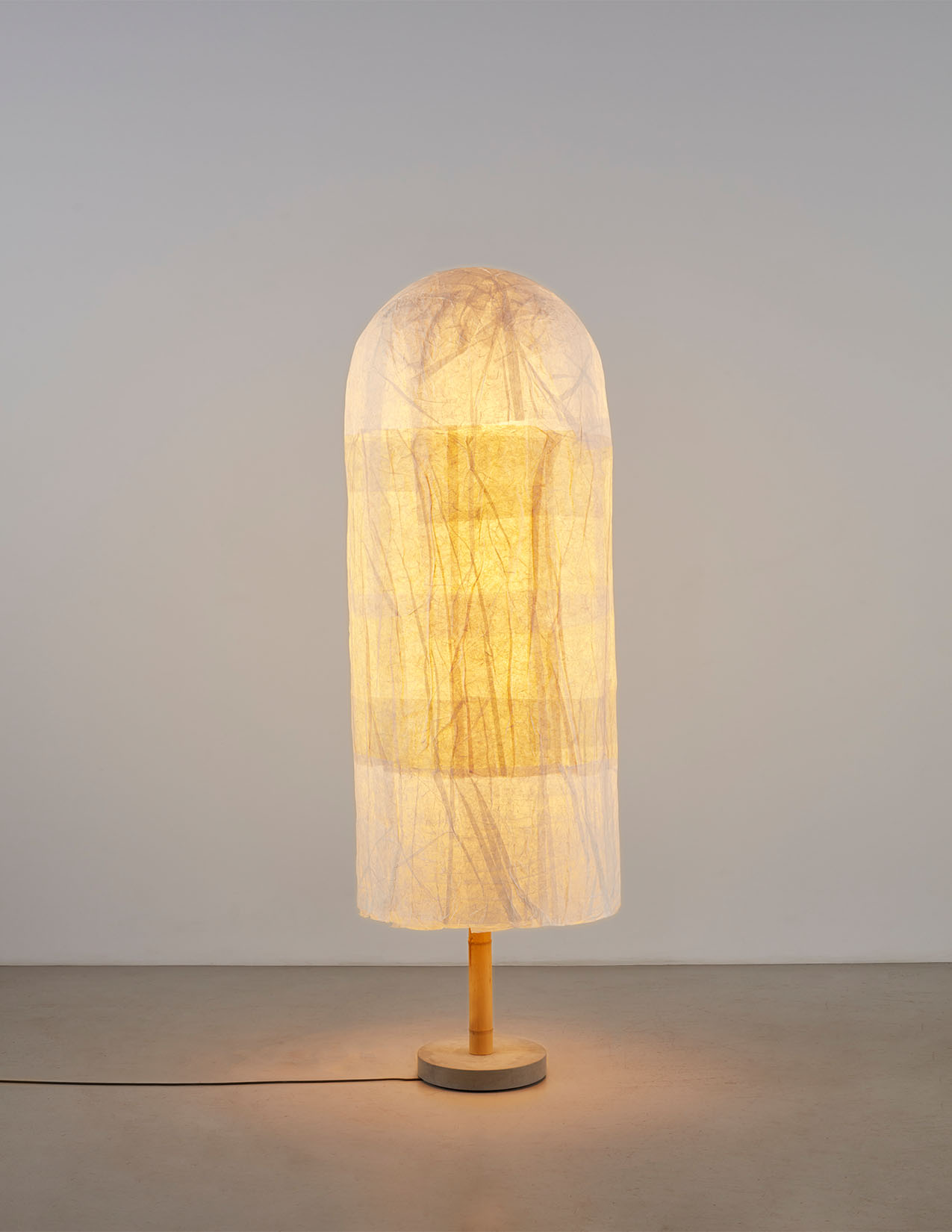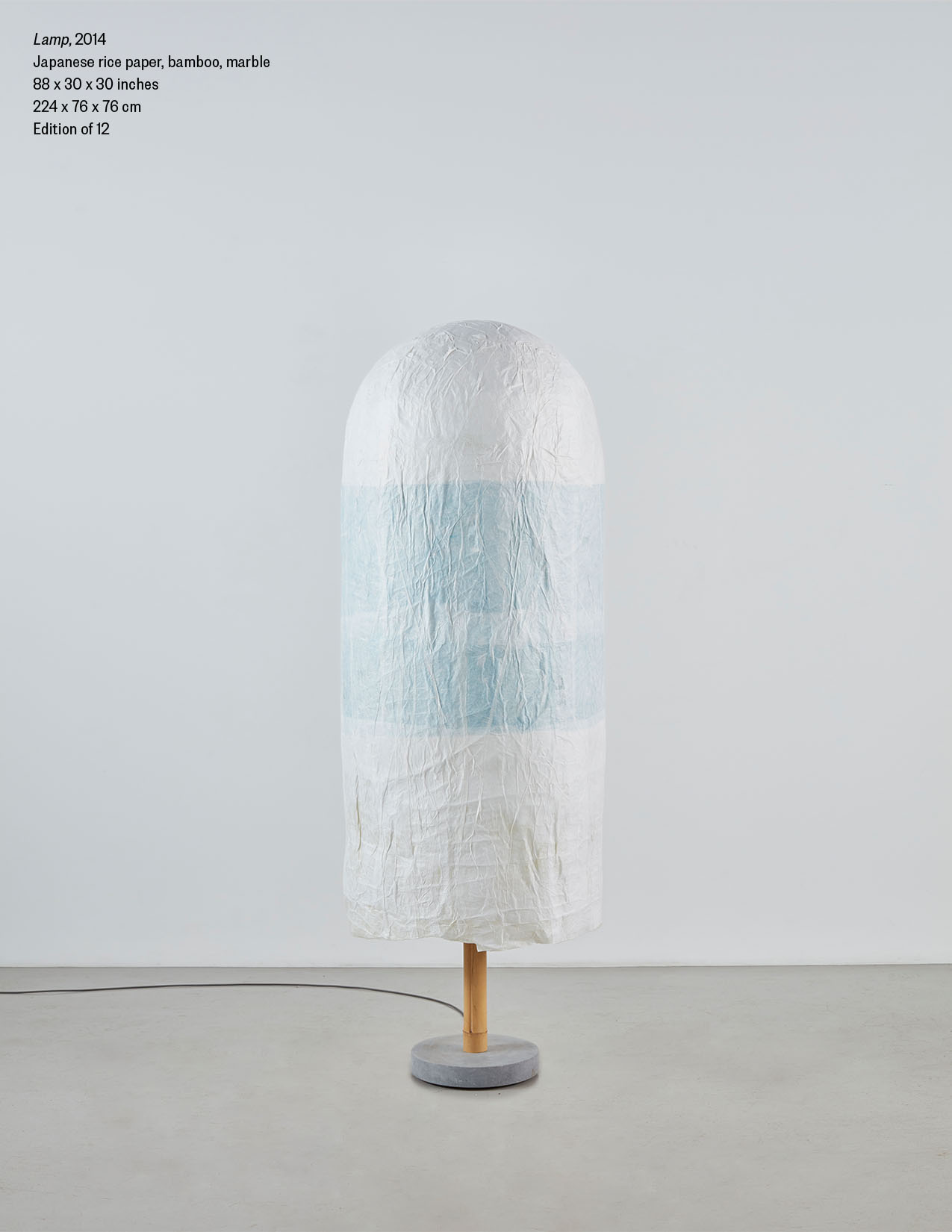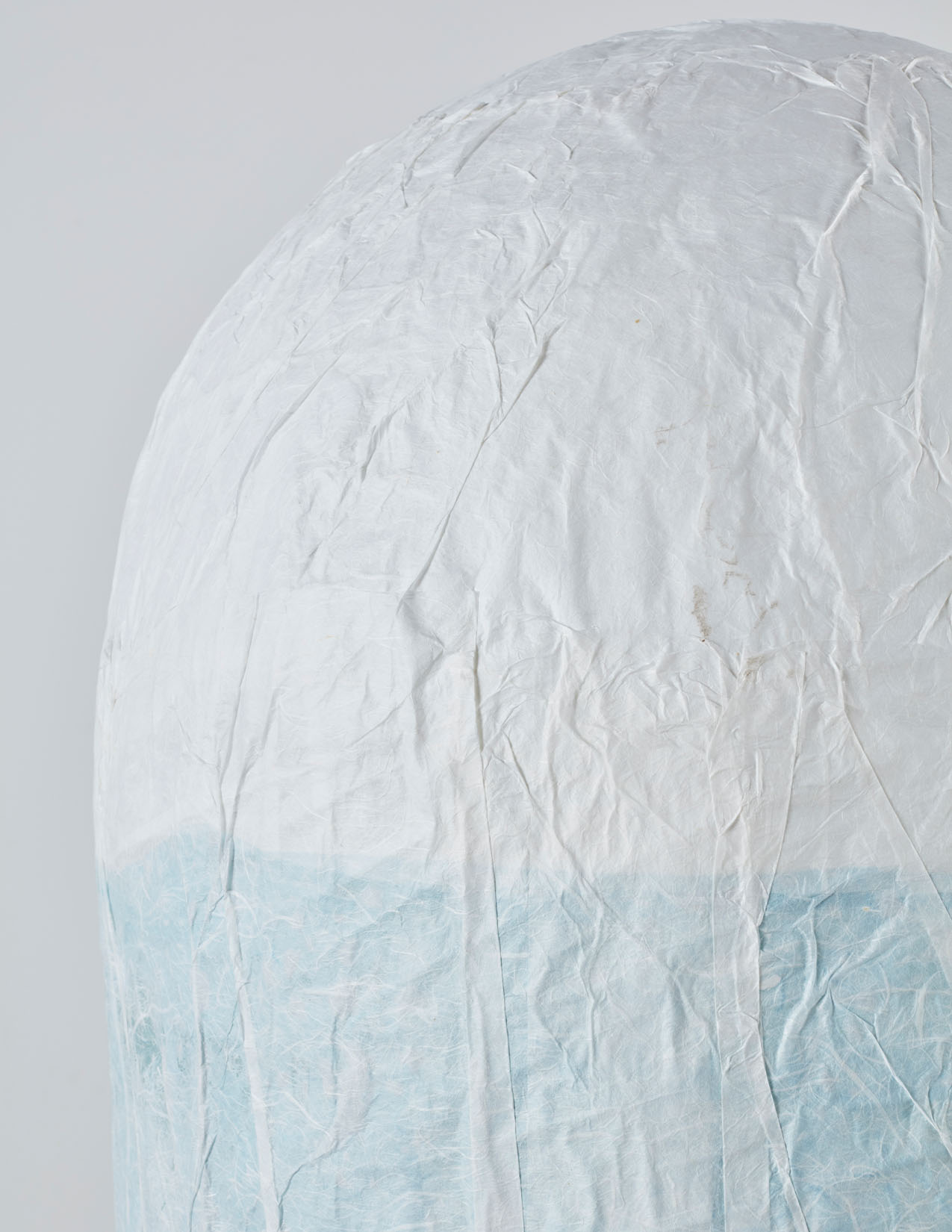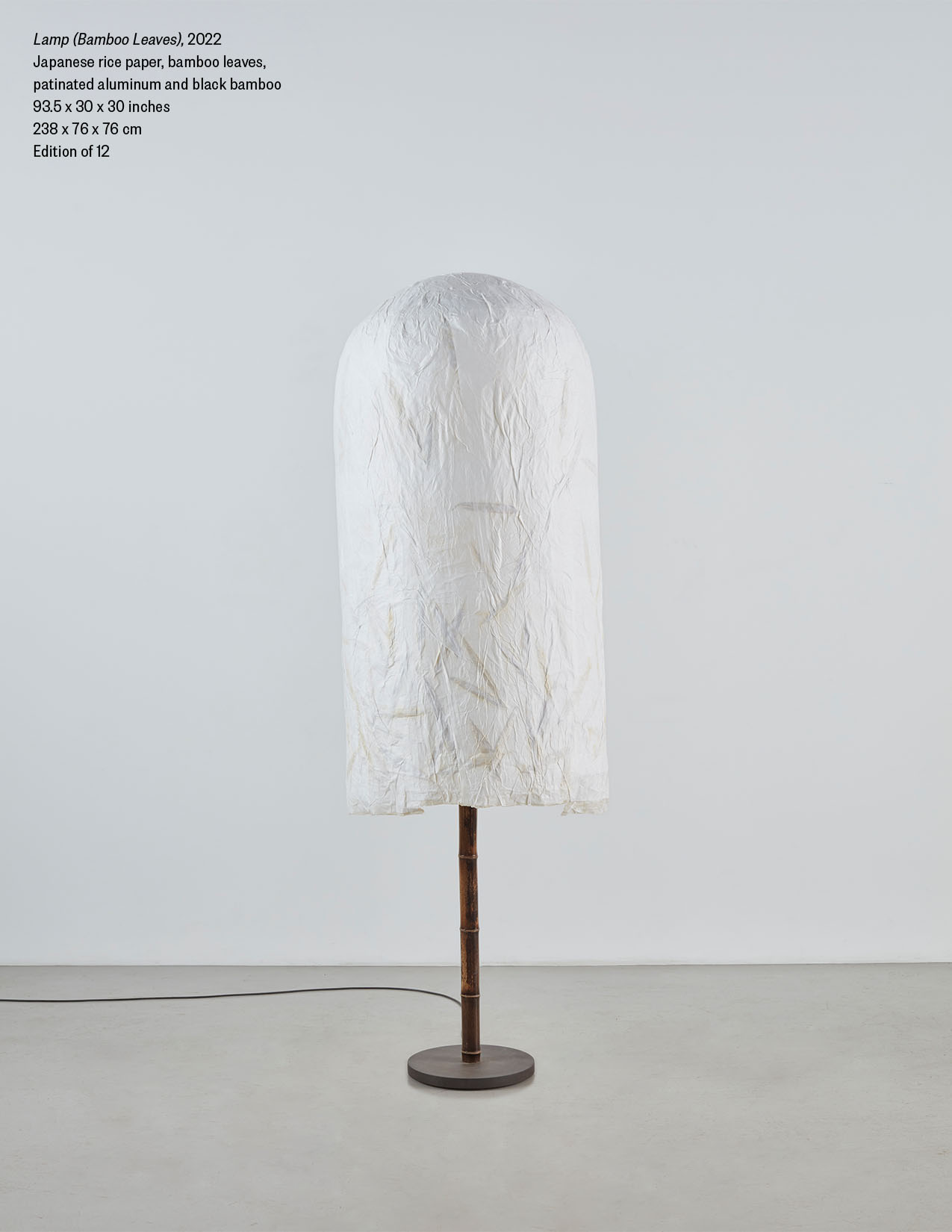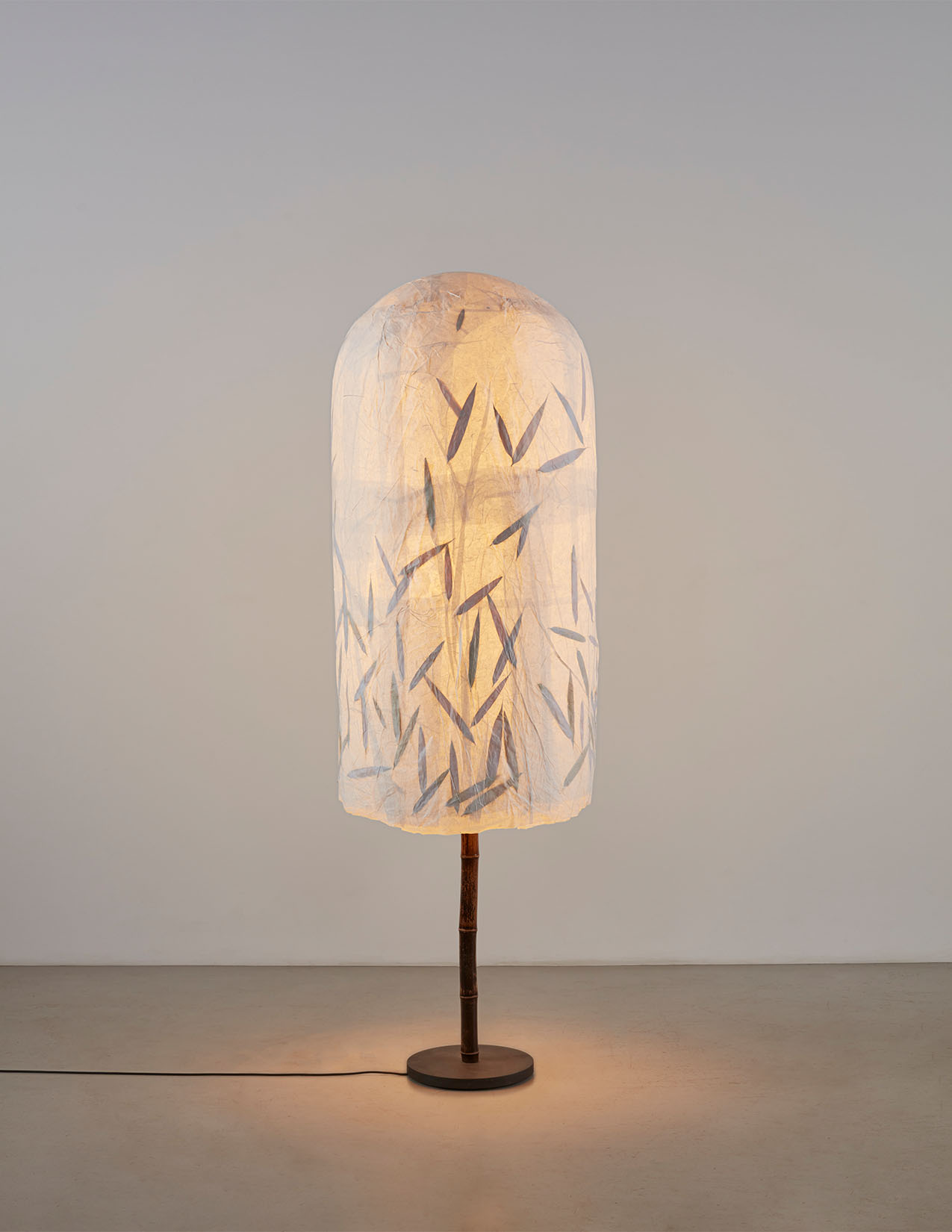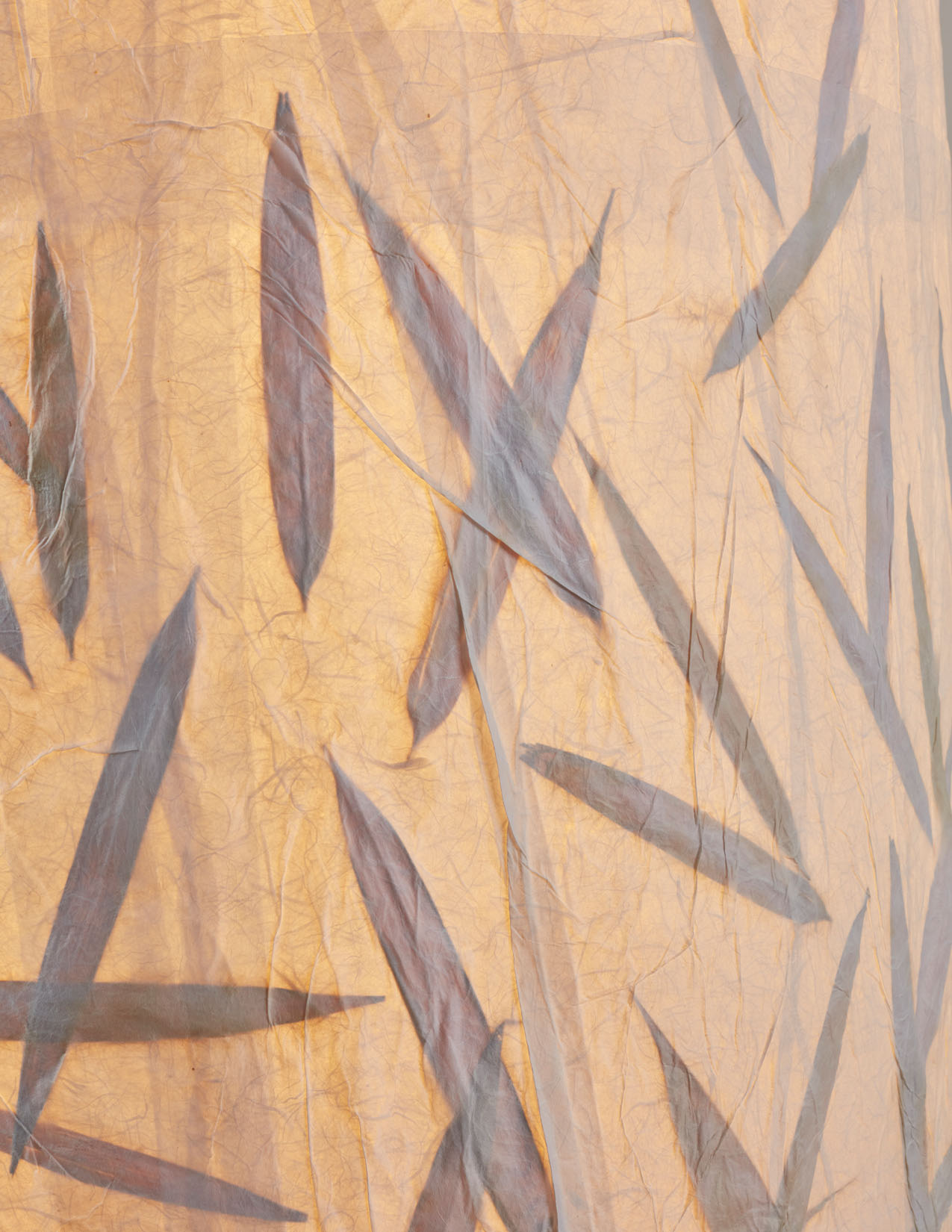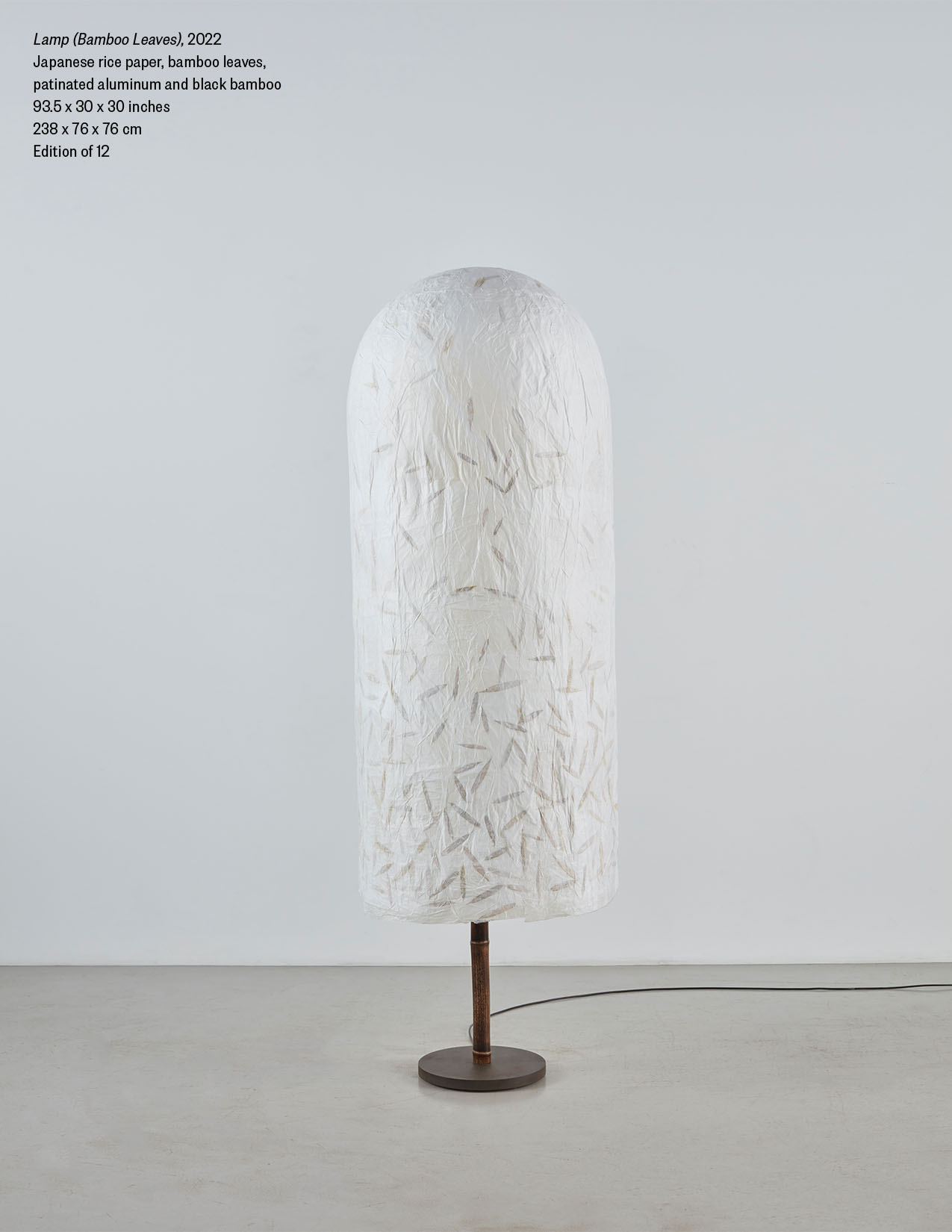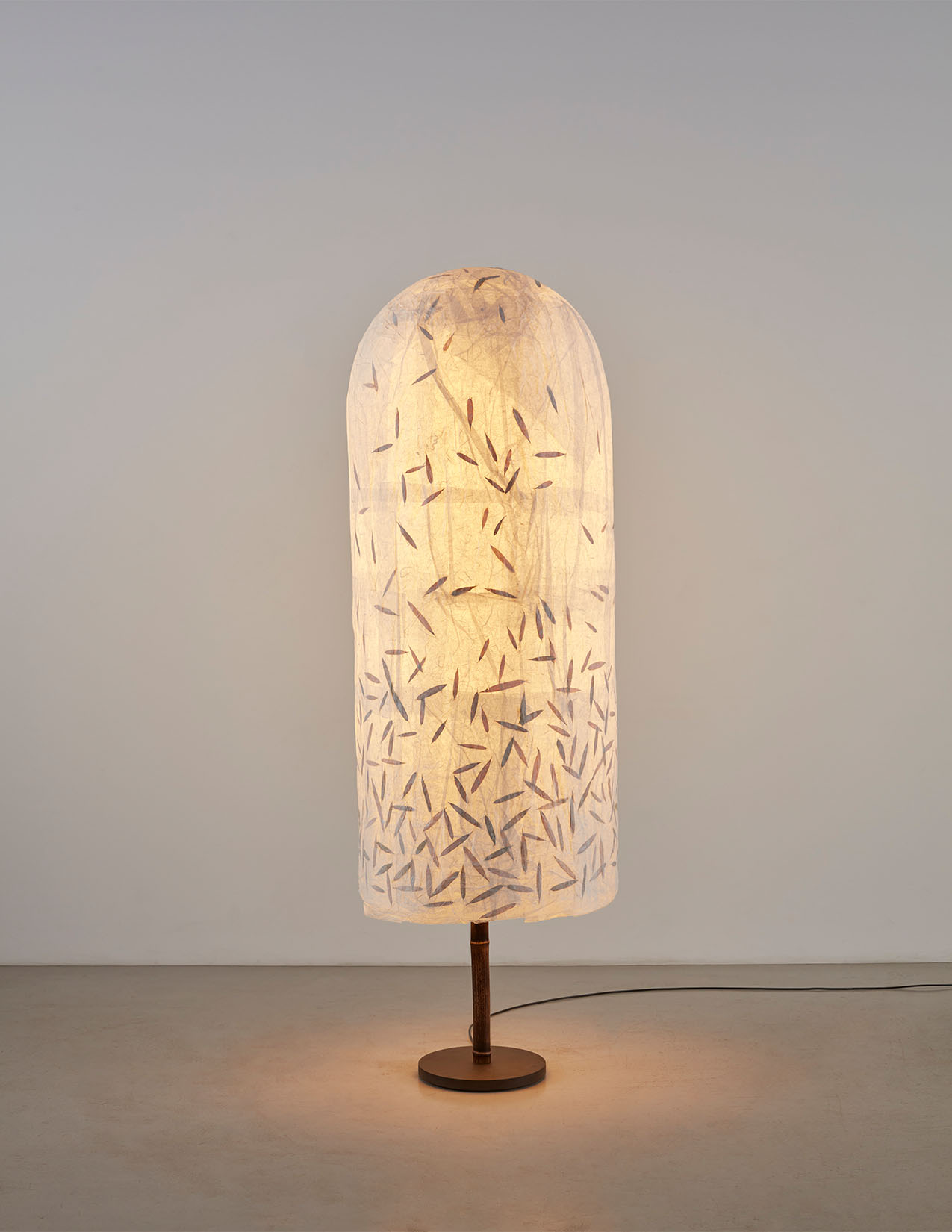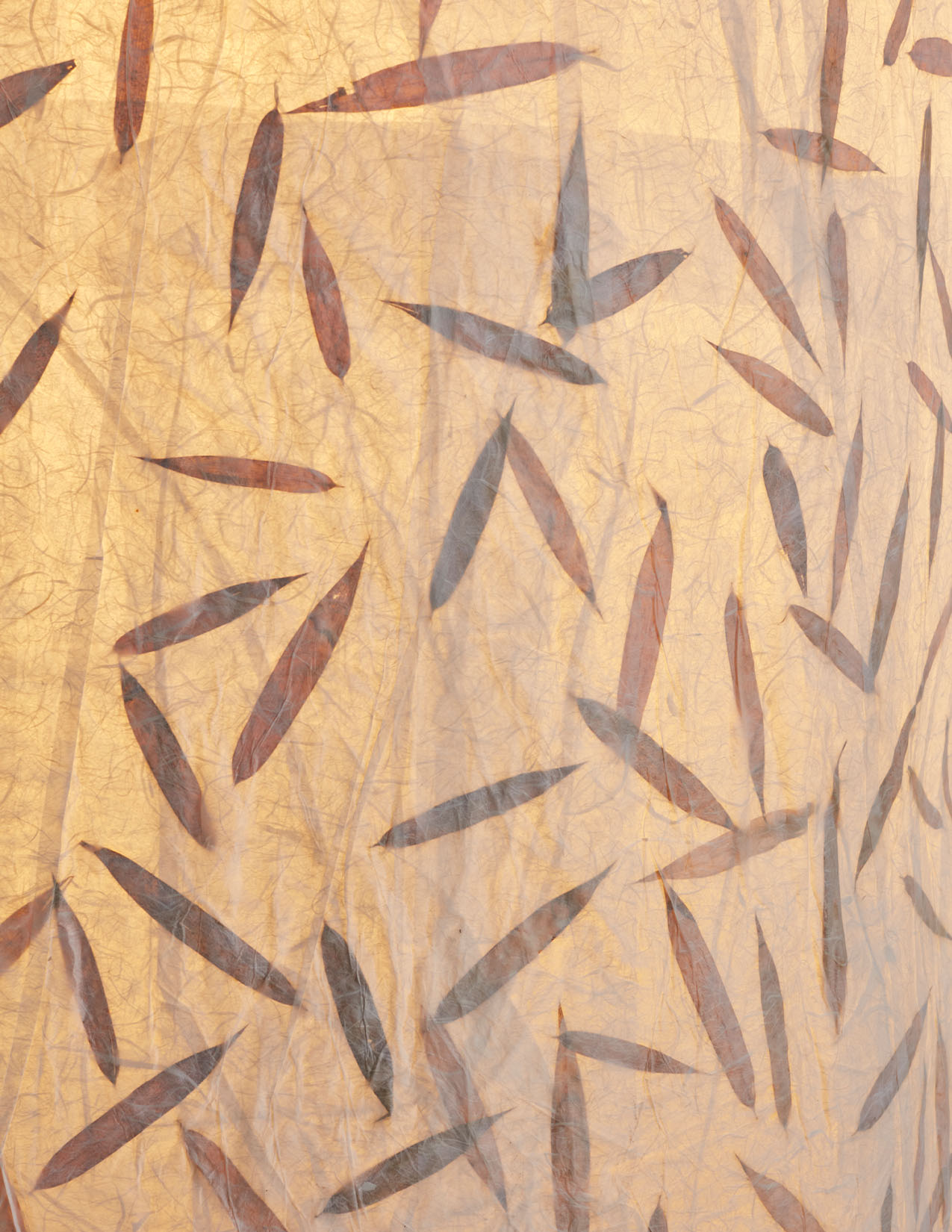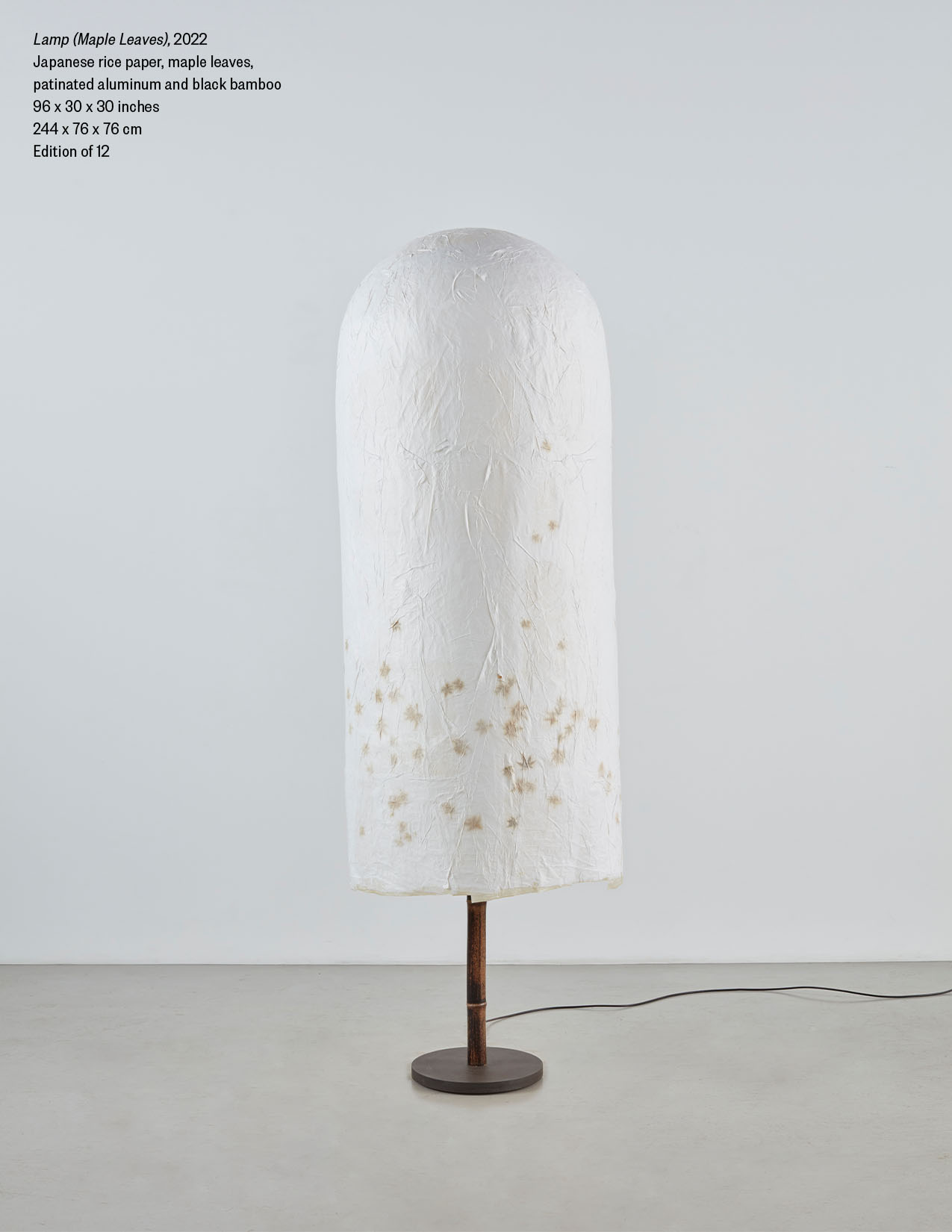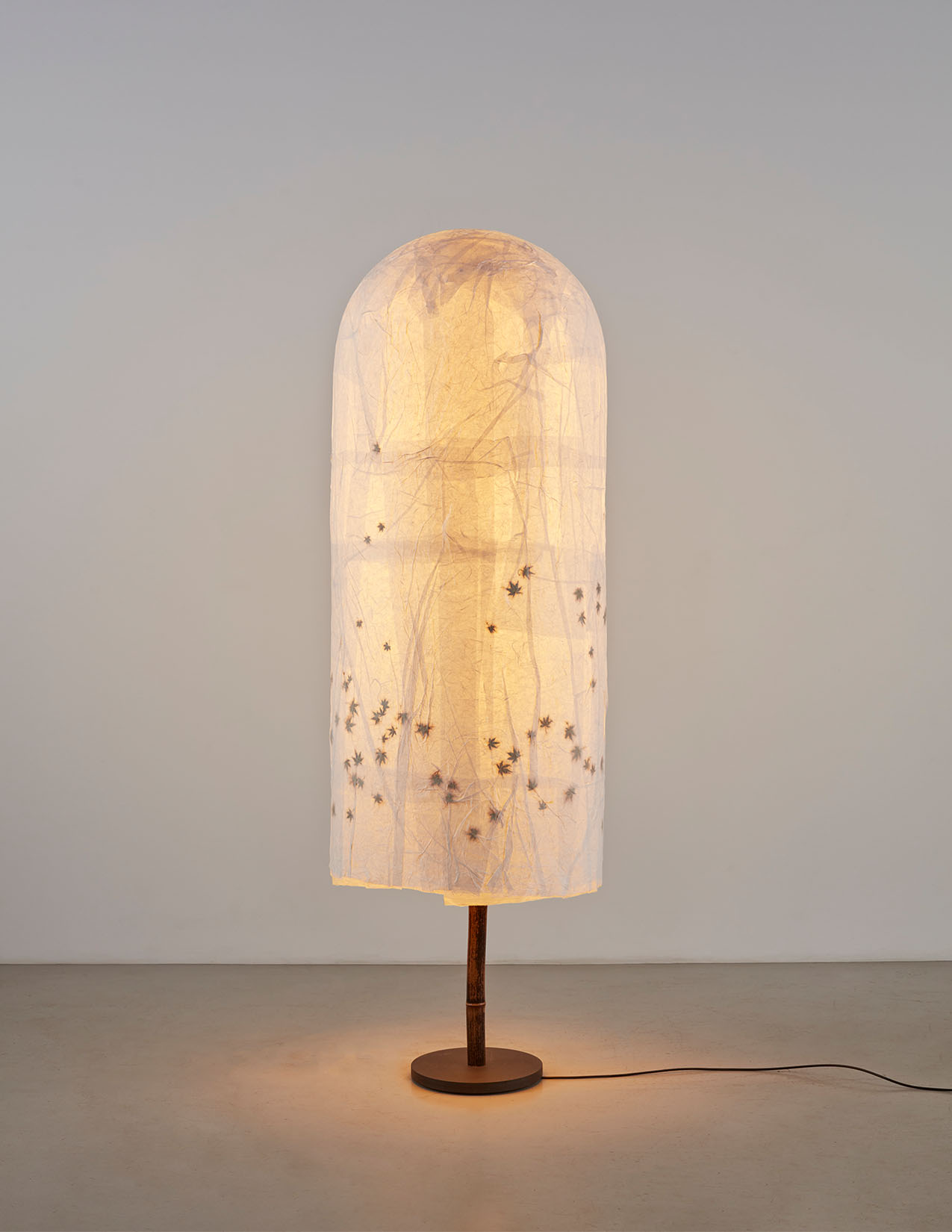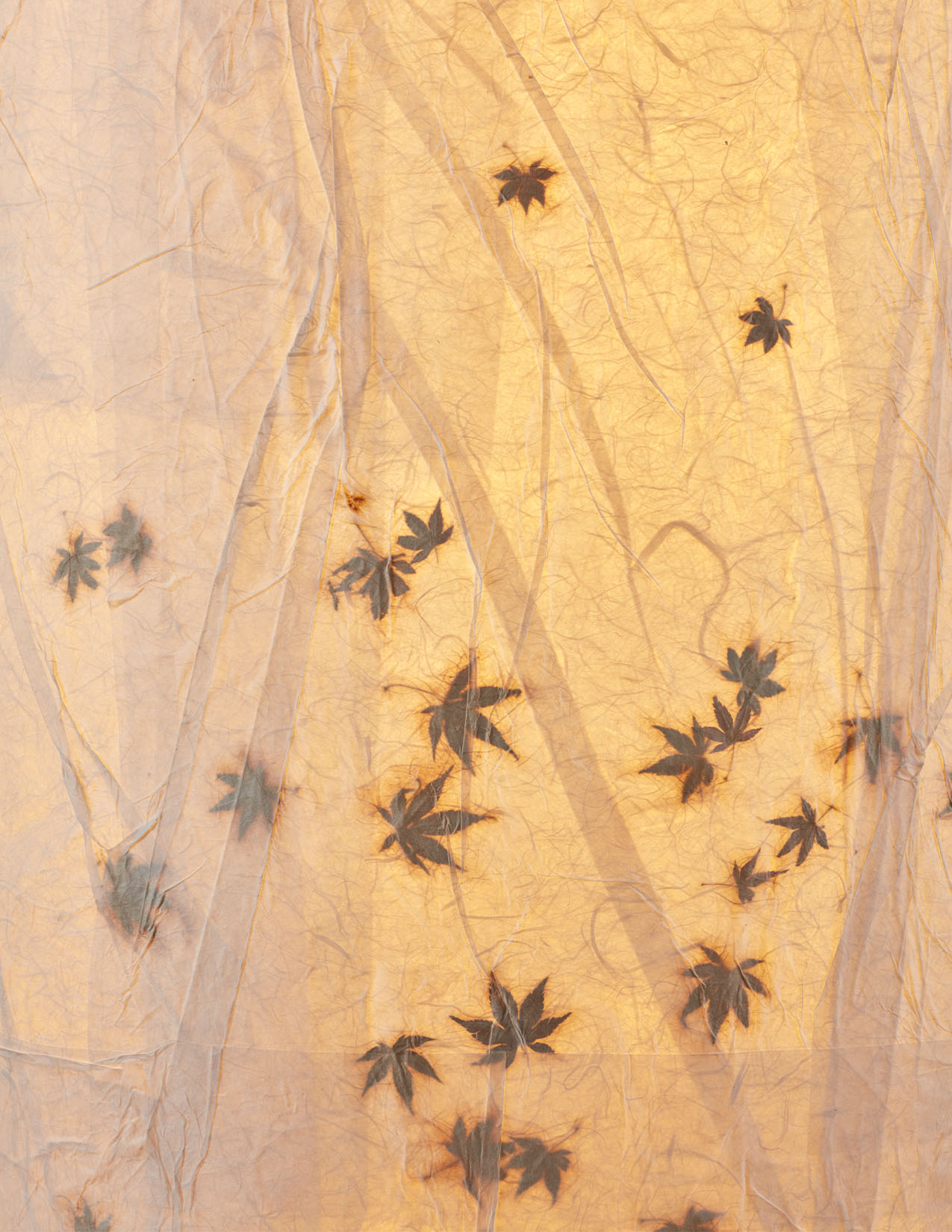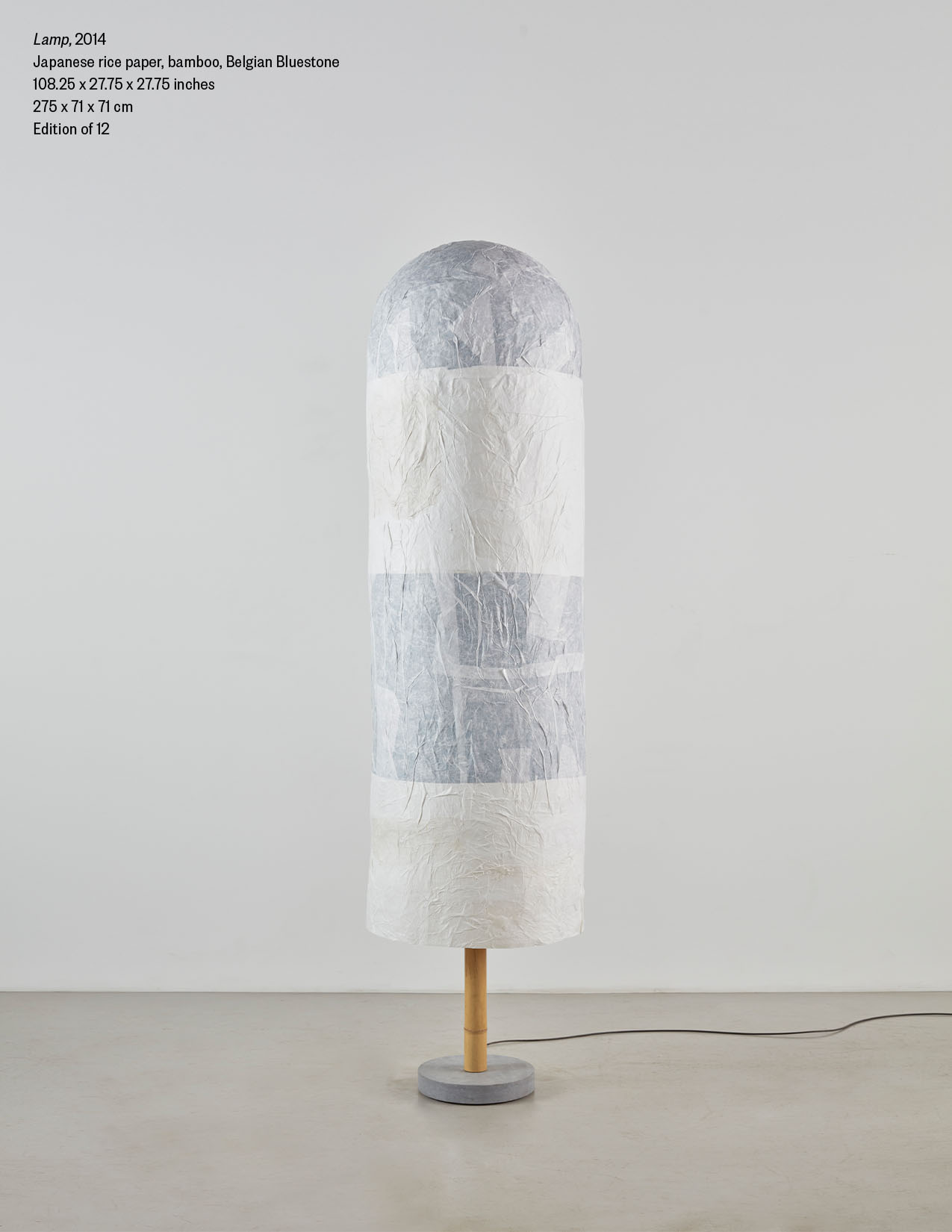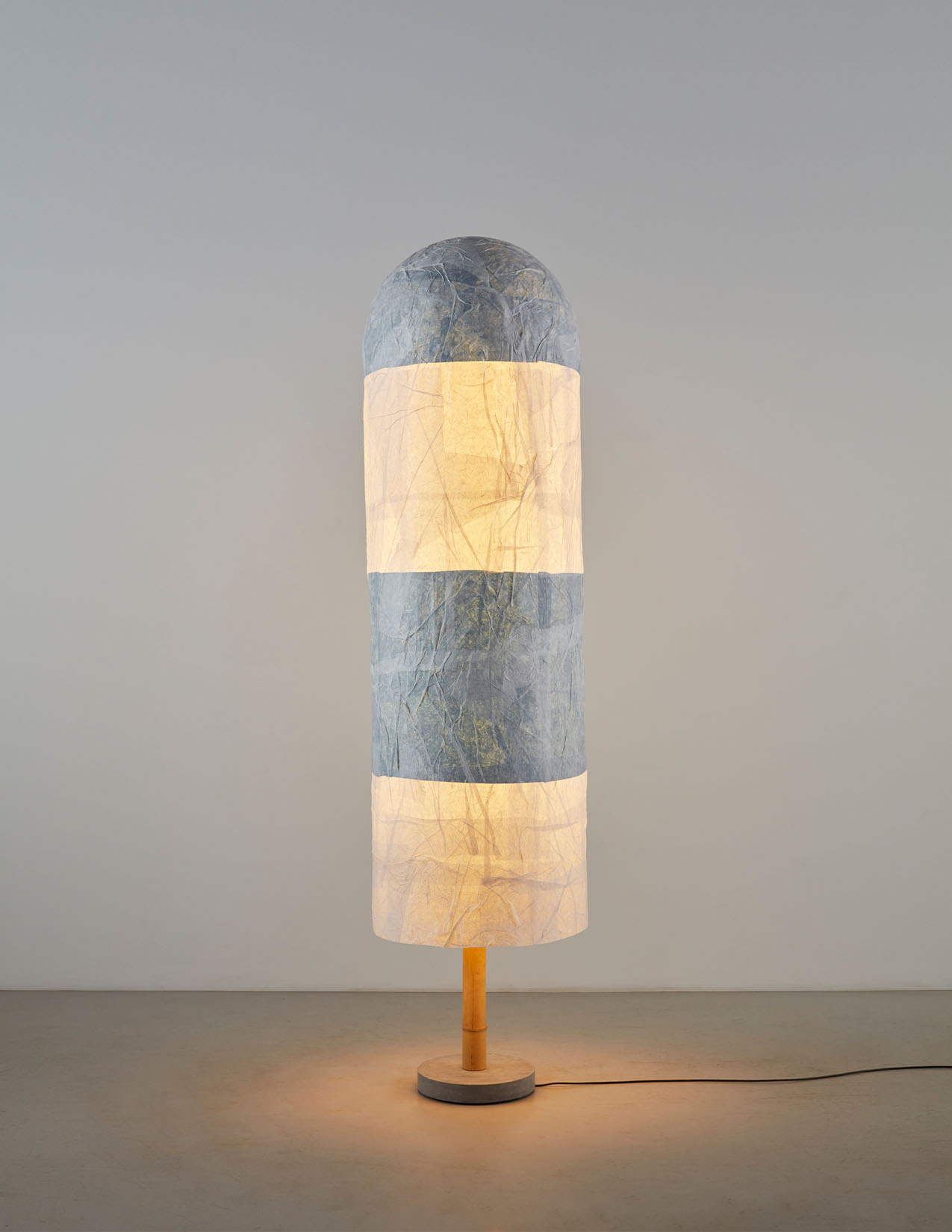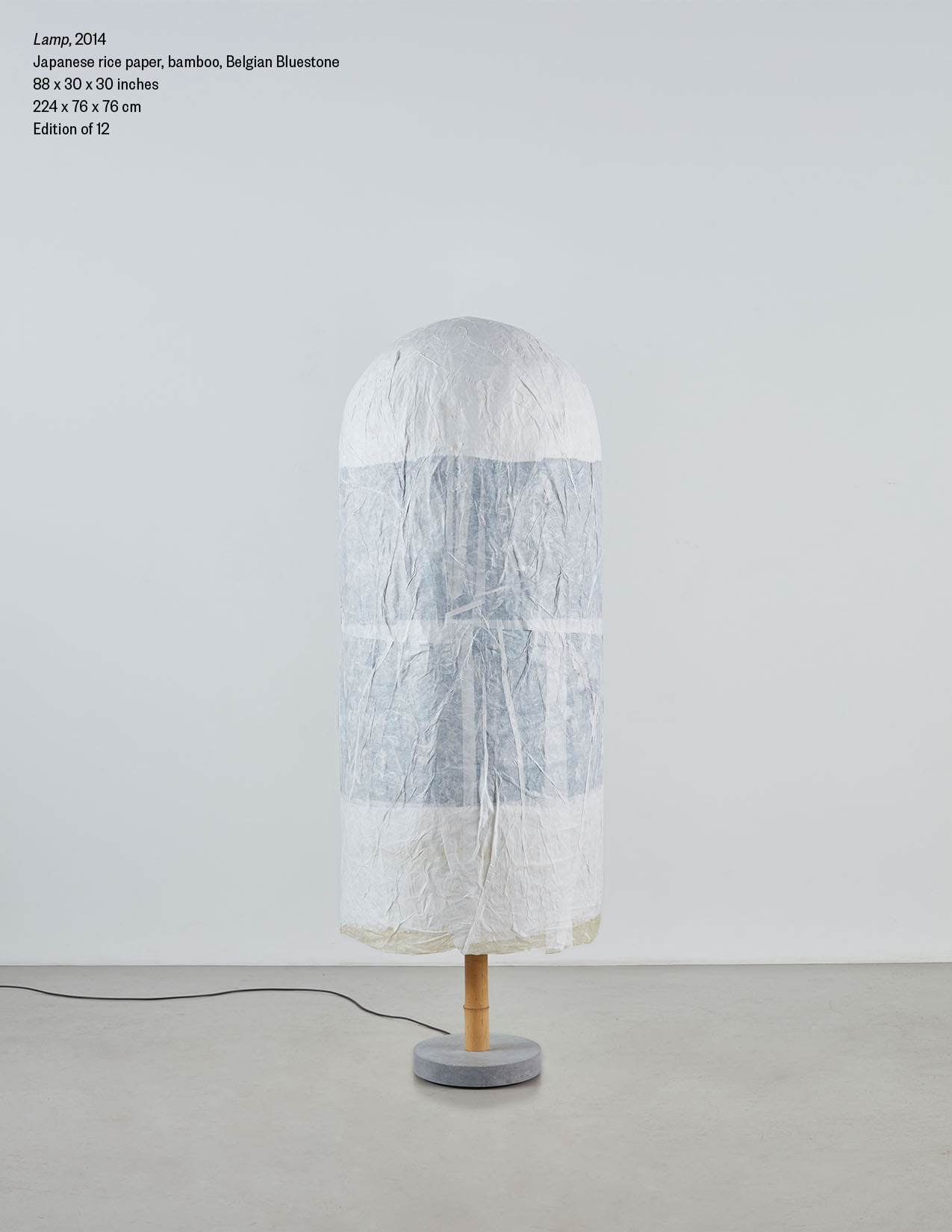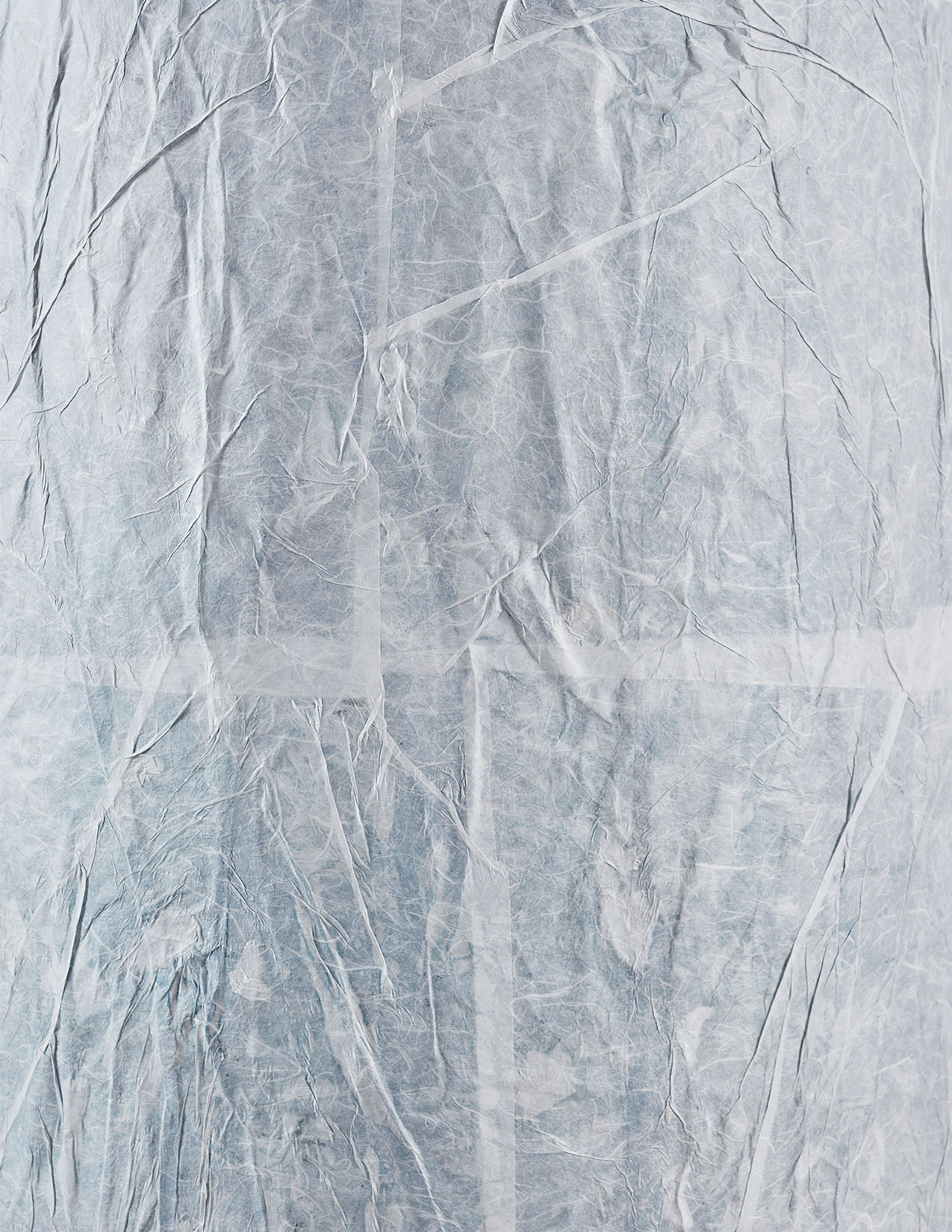Progetto: Andrea Branzi
Assistenti al progetto: Camilla Cermenati
Anno: 2023
Sede espositiva: Friedman Benda Gallery
Foto: Timothy Doyon
Articoli correlati: The New York Times – A Designer’s Designer Gets His First Big, Postmortem SoloShow
GERMINAL BENCH & SEATS
I bamboo crescono all’infinito, dritti come fusi, inutili come pensieri religiosi; le loro foreste perfette sono pensieri poetici, suoni armoniosi di flauti, o come canne di organi nelle cattedrali.
Nelle serie “Germinali” noi le attraversiamo con colori infiniti, come se fossero prodotti dall’arte e dalla letteratura. I bamboo ci precedono e ci guidano verso un mondo ricco e ordinato, senza sbagliare mai la nostra ricerca dell’inutilità.
Una architettura infinita che attraversa i nostri occhi e le nostre orecchie
BAMBOO
Bamboos grow endlessly, straight as spindles, useless as religious thoughts; their perfect forests are
poetic thoughts, harmonious sounds of flutes, or organ pipes in cathedrals.
In the “Germinali” series we cross them with infinite colors, as if they were produced by art and literature. Bamboos precede and guide us towards a rich and
orderly world, without ever deceiving our search for uselessness.
An infinite architecture that crosses through our eyes and ears.
ROOTS
Il poeta russo Josip Brodsky, premio Nobel, ha spiegato che il crollo delle
società contemporanee deriva dalla bruttezza di ciò che abbiamo costruito;
per questo motivo oggi proteggiamo con le gabbie le radici della nostra
estetica.
Bastoni abbandonati dal mare e dai fiumi sono oggi conservati come reperti
di una antica civiltà; nobili memorie di tempeste lontane.
Superando i limiti delle tecnologie e delle professioni consacriamo antichi
tronchi e cortecce che non si riproducono mai; serie infinitamente diverse,
segnate da colori imprevedibili, oggetti orribili, che salvano il mondo
dall’infinita bruttezza dell’esistente.
ROOTS
Russian poet and Nobel laureate Josip Brodsky has explained that the collapse of contemporary societies
comes from the ugliness of what we have built. It is for this reason that today we protect the roots of
our aesthetics in cages.
Sticks abandoned by the sea and rivers are now preserved as relics of an ancient civilization; noble
memories of distant storms.
Overcoming the limits of technologies and professions, we consecrate ancient trunks and barks that will
never reproduce. Infinitely different series, marked by unpredictable colors and grotesque objects, they
save the world from the infinite ugliness of that which exists.
BUILDINGS
L’architettura appartiene al pensiero, un pensiero ordinato, ma indifferente al mondo.
Questi scaffali non trovano la loro identità in una funzione razionale, nel senso che sono un modo per ordinare lo spazio vuoto; simili alle crisalidi delle cicale.
Come ha detto Kevin Lynch, l’architettura non è più al centro dello spazio urbano, ma costituisce dei tunnel memoriali, come nel caso dei Buildings, dai piatti, i libri, le bottiglie, le pentole…
Ciascun elemento occupa un ordine apparente; una memoria umana che in realtà non lascia tracce definitive, ma soltanto l’impronta delle diverse assenze.
Questi oggetti apparentemente inutili sono quelli che più mi interessano; come la storia degli uomini e della loro società, della famiglia, degli amori, delle loro impronte.
BUILDINGS
(Internal or External)
Architecture belongs to thought; organized, yet indifferent to the world. These shelves do not find their
identity in a rational function, in the sense that they do not organize empty space. As Kevin Lynch said,
architecture is no longer at the center of the urban space; it is composed of mnemonic tunnels, as Buildings, from plates, books, bottles, pans…
Each element occupies an apparent order; a human memory that in reality leaves no definitive traces,
but only the imprint of various absences. These seemingly useless objects are the ones that interest me
the most; a history of humanity and its civilization, of family, of beloveds, of their imprint.
La luce bussa dentro alla cupola di carta, come se volesse illuminare il mondo, accompagnando le
foglie di bamboo e di acero; queste sono le grandi lampade che accompagnano l’uomo in un
mondo vuoto.
The light knocks inside the paper dome, as if it wanted to light the world up, together with bamboo and maple leaves; These are the great lamps that take the man in an empty world.

